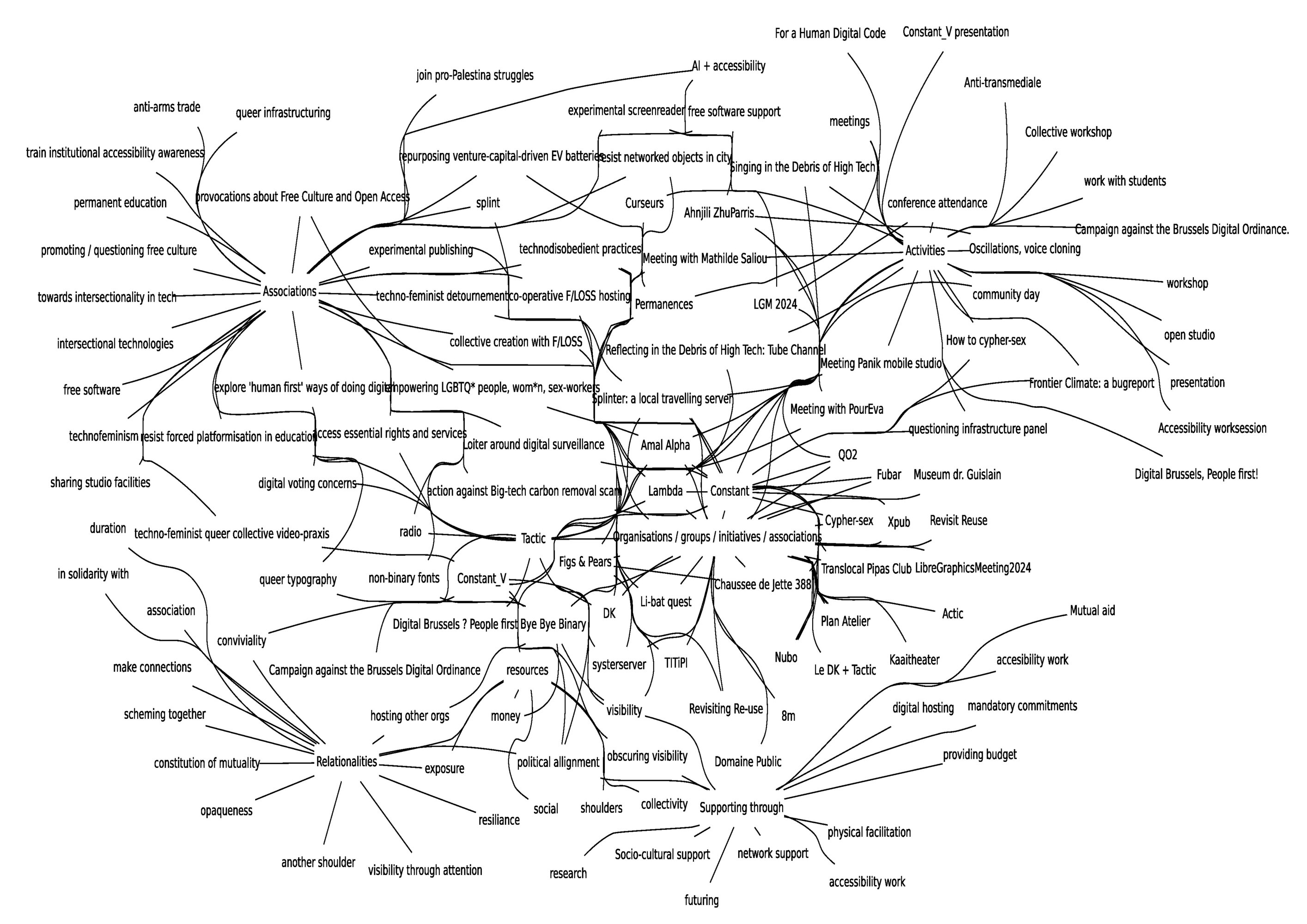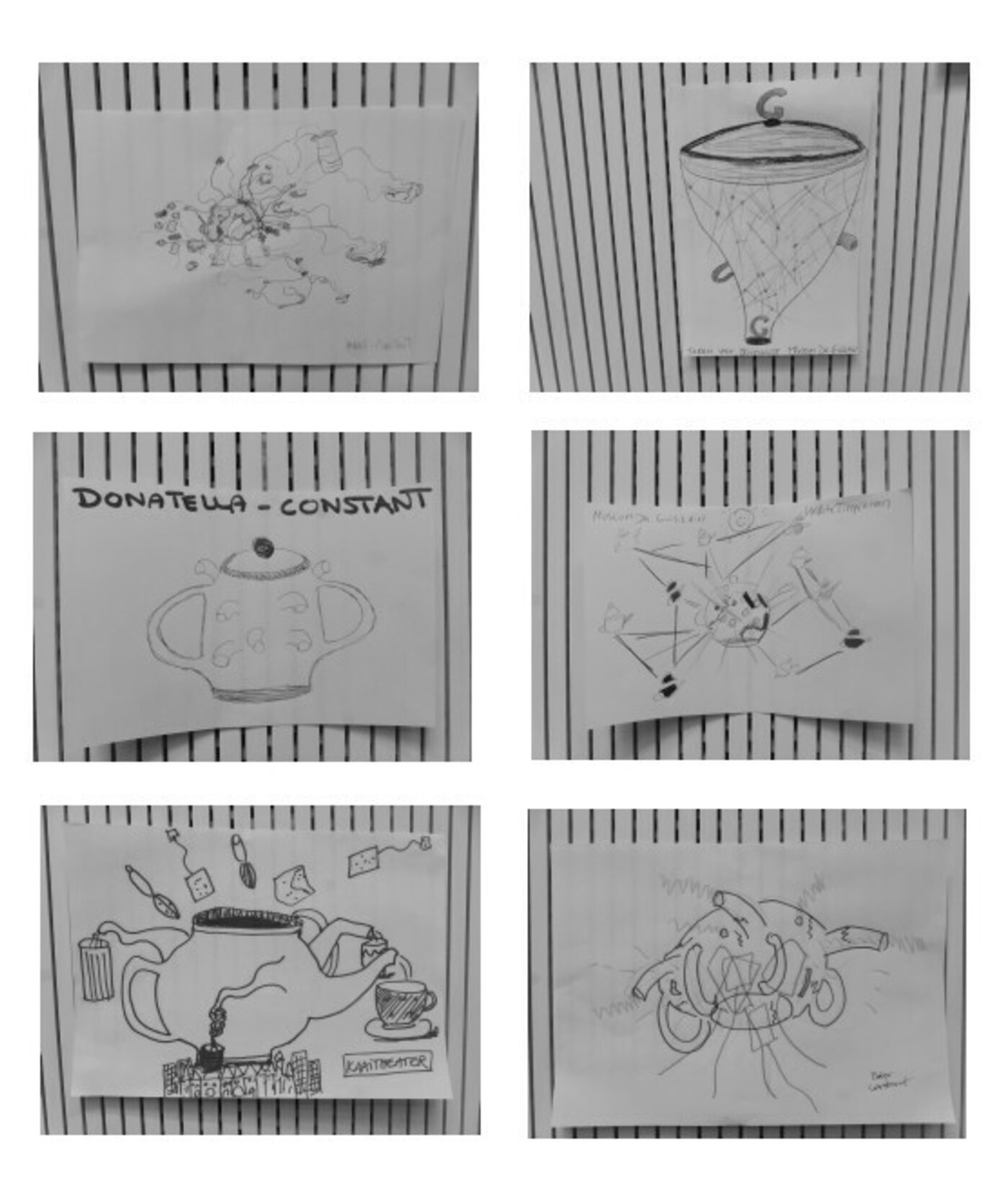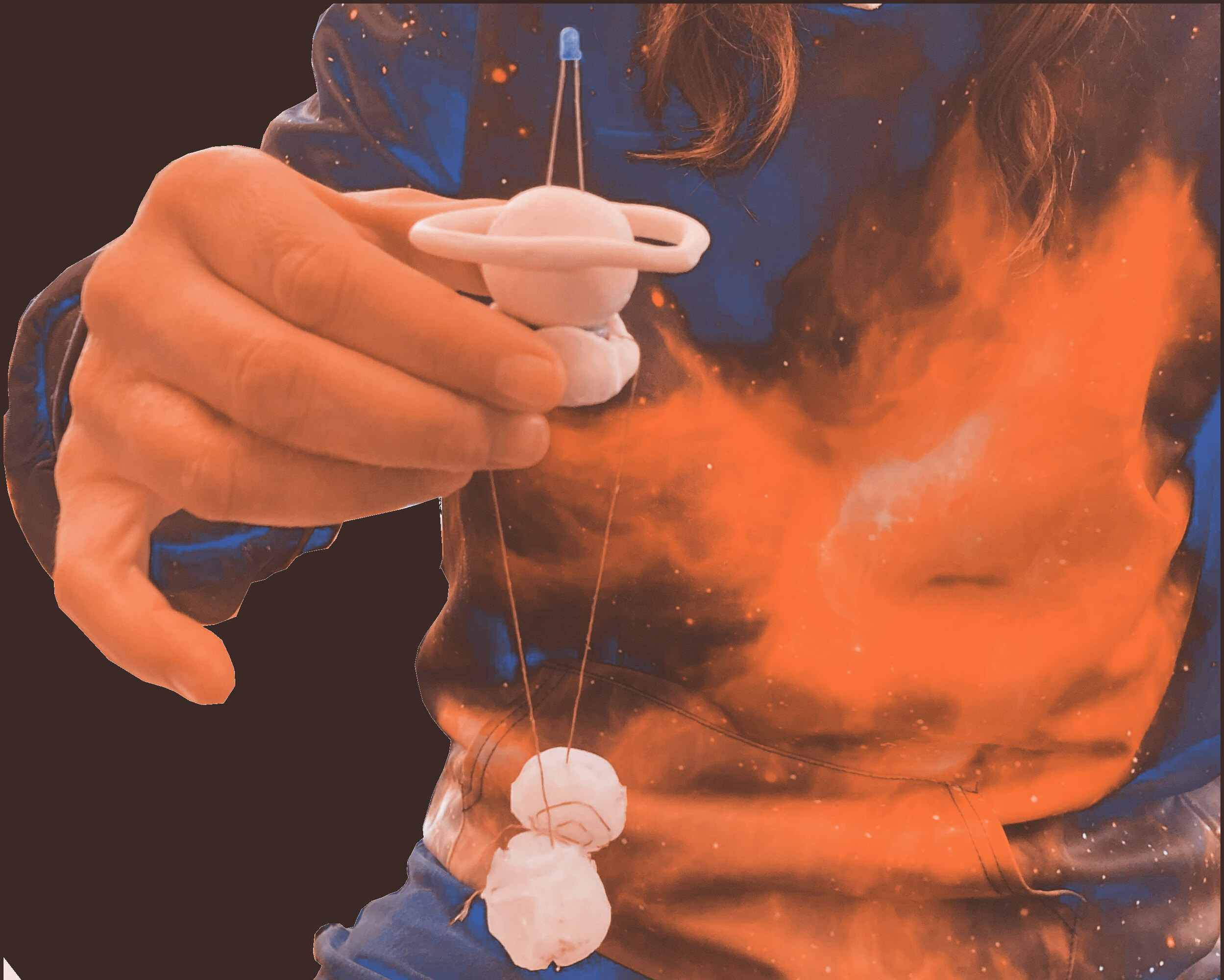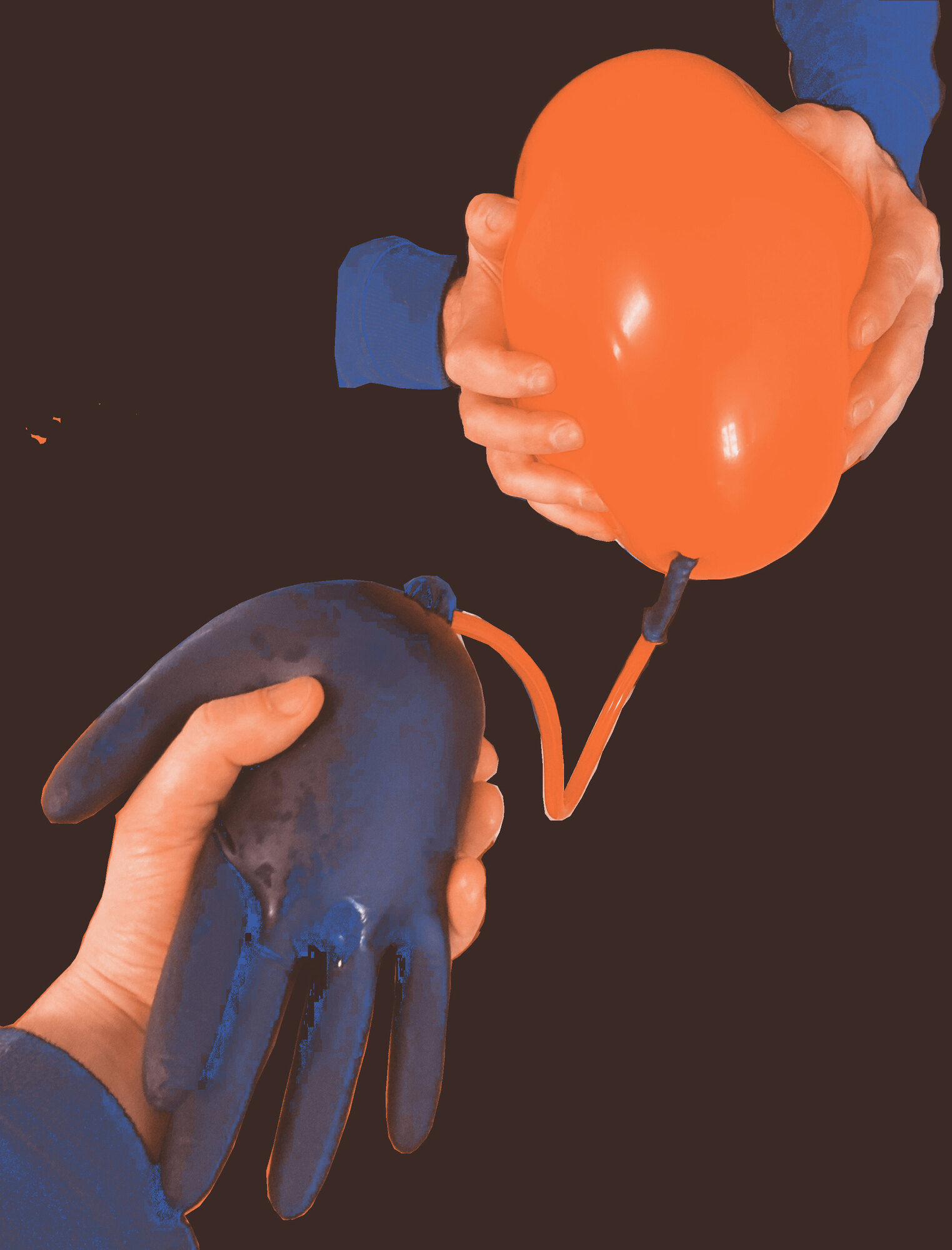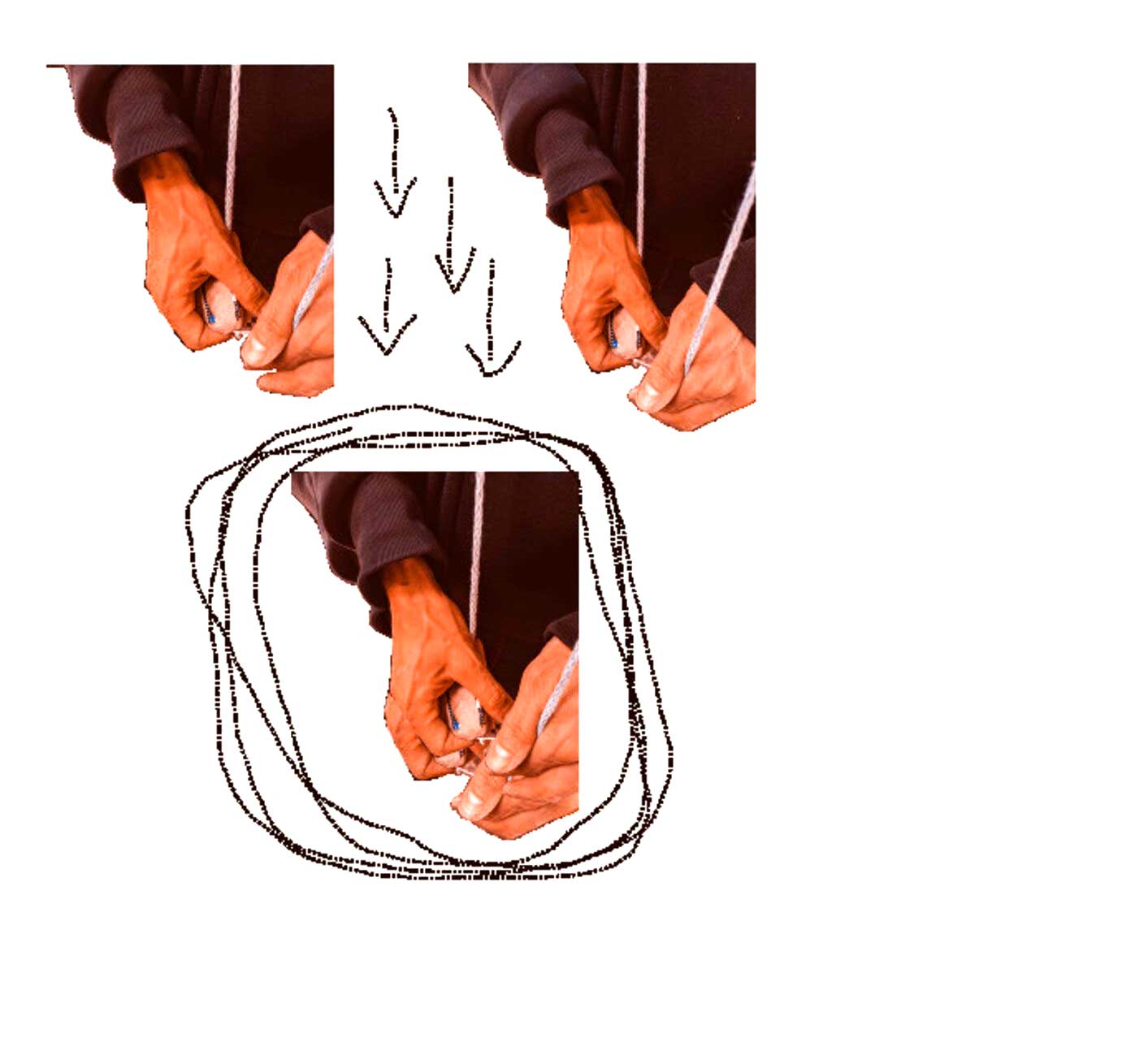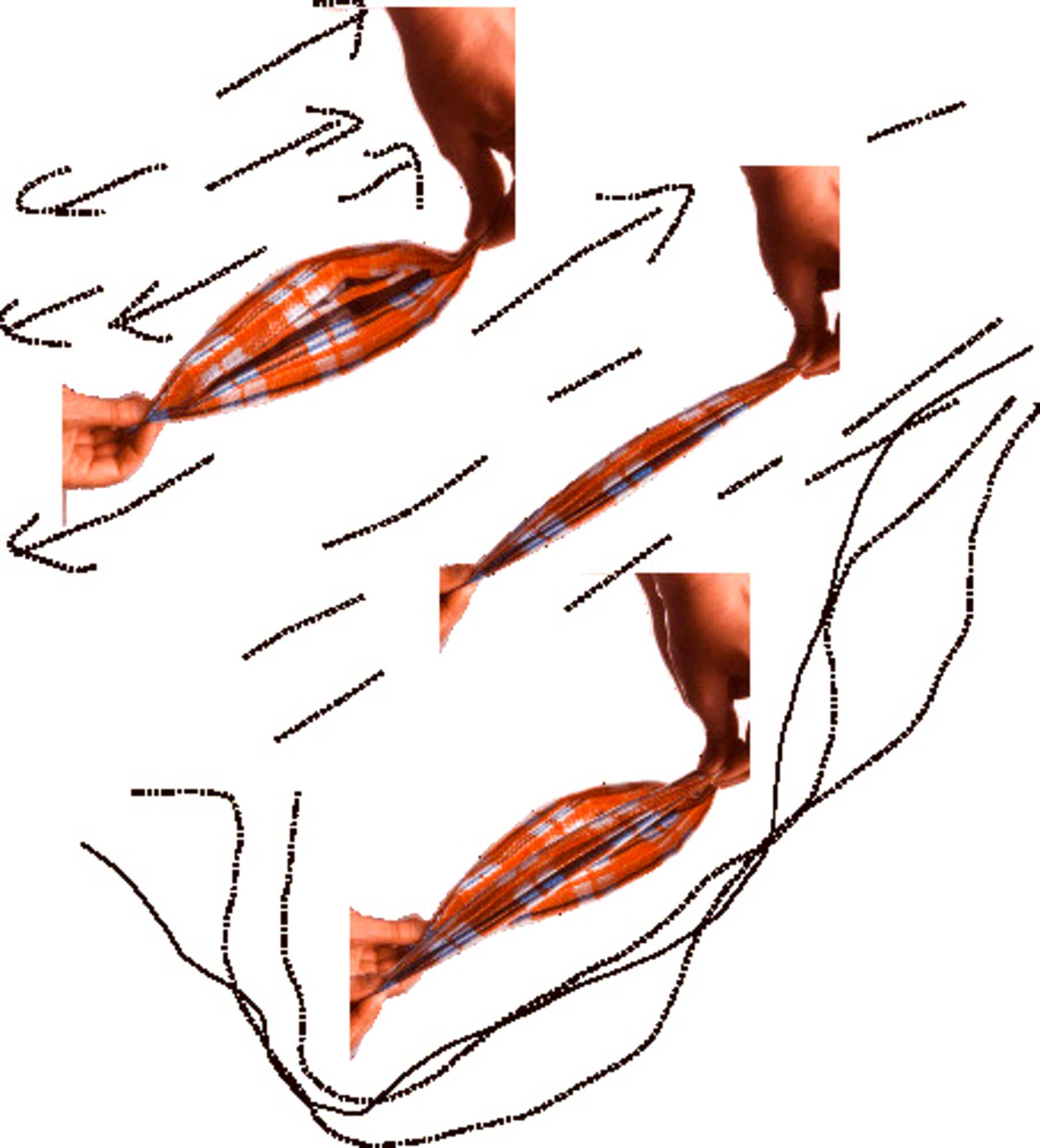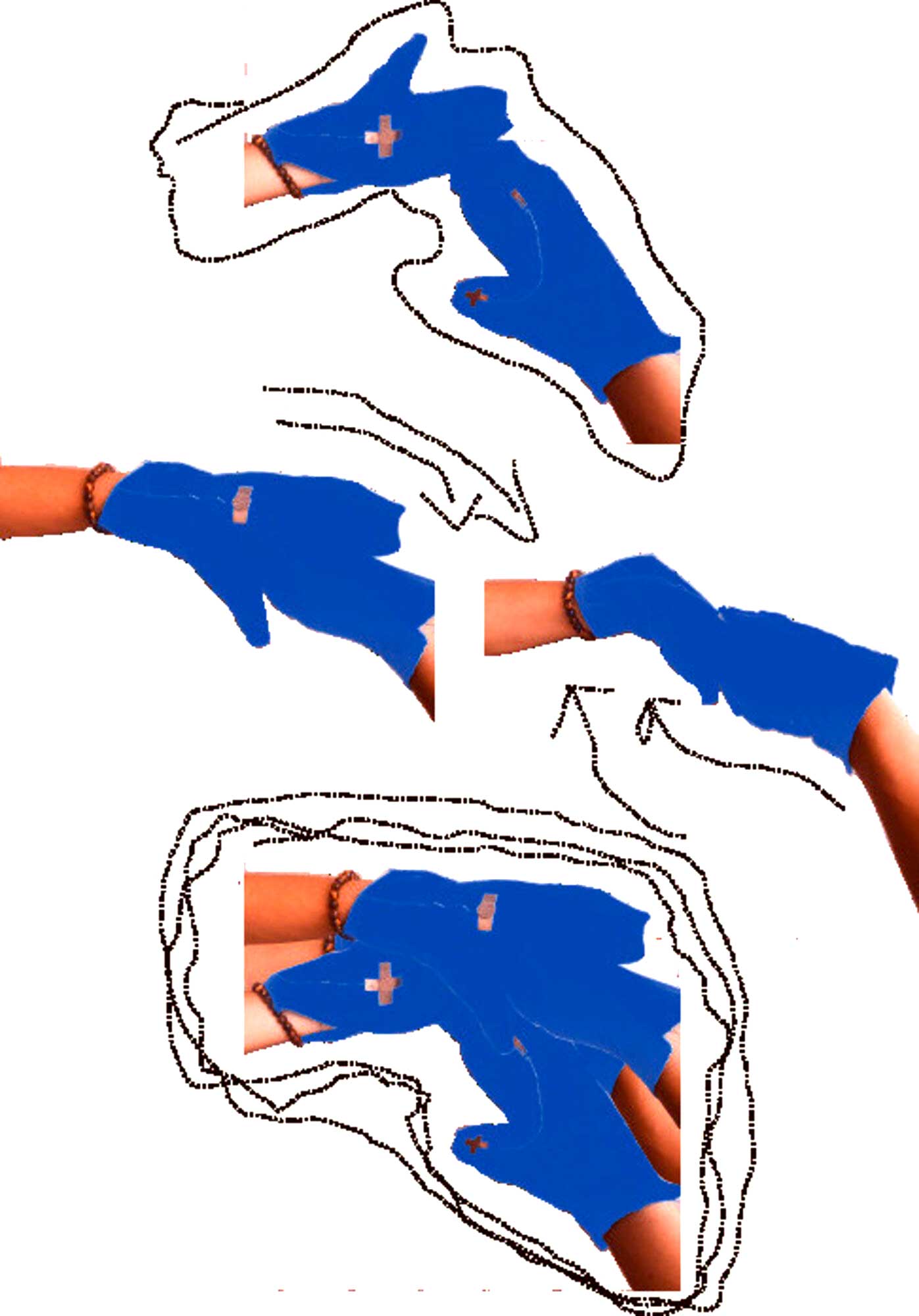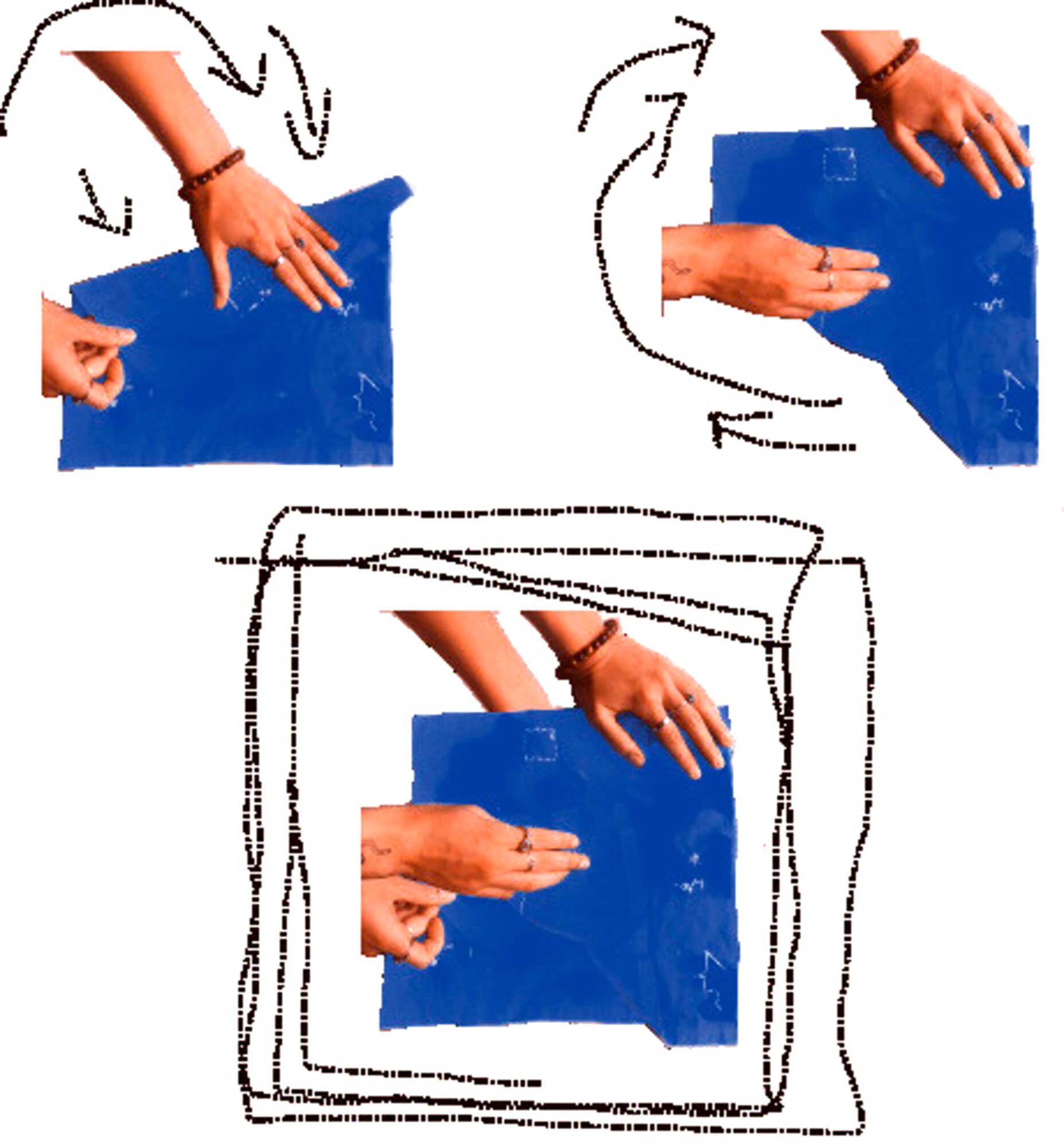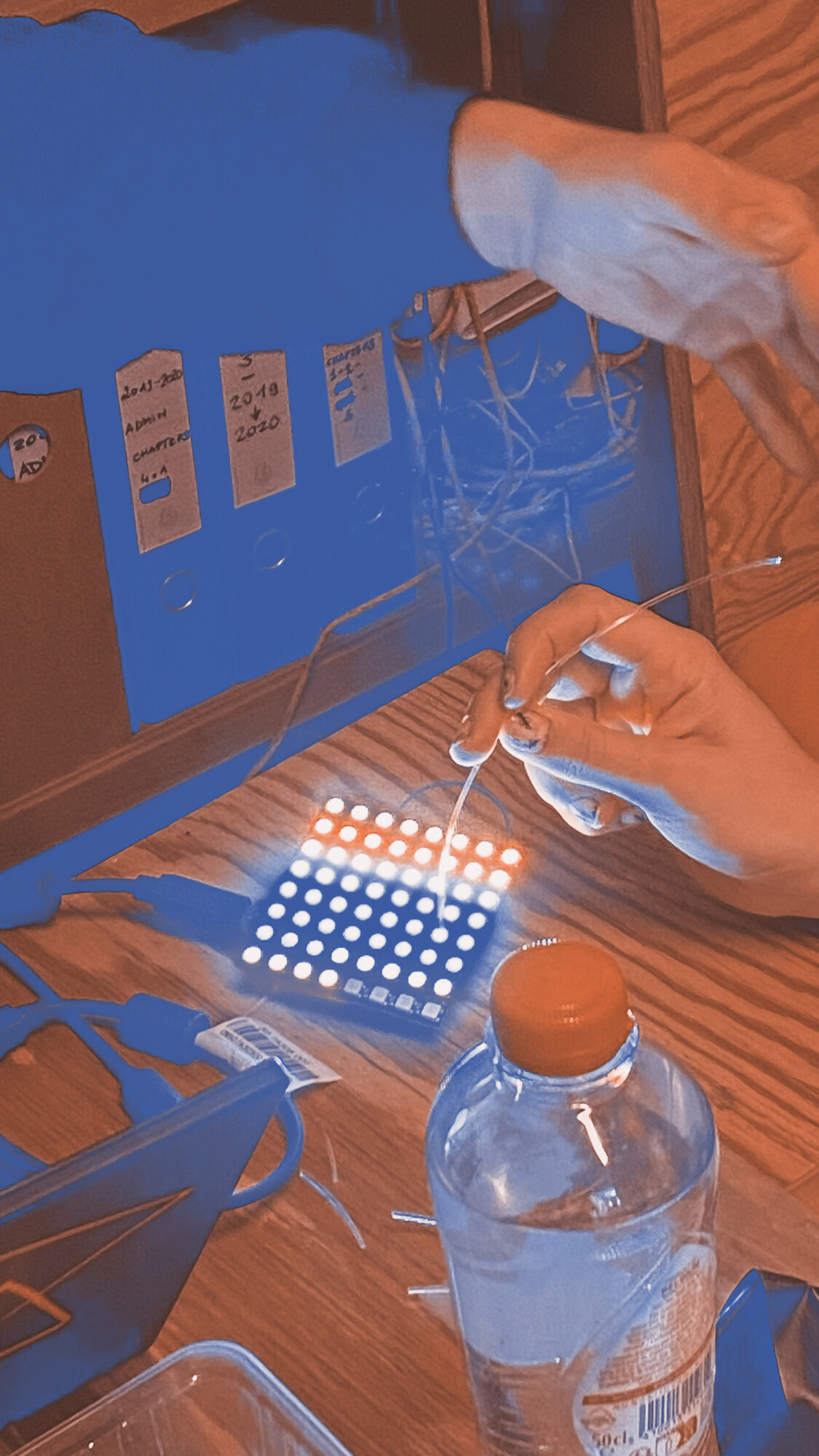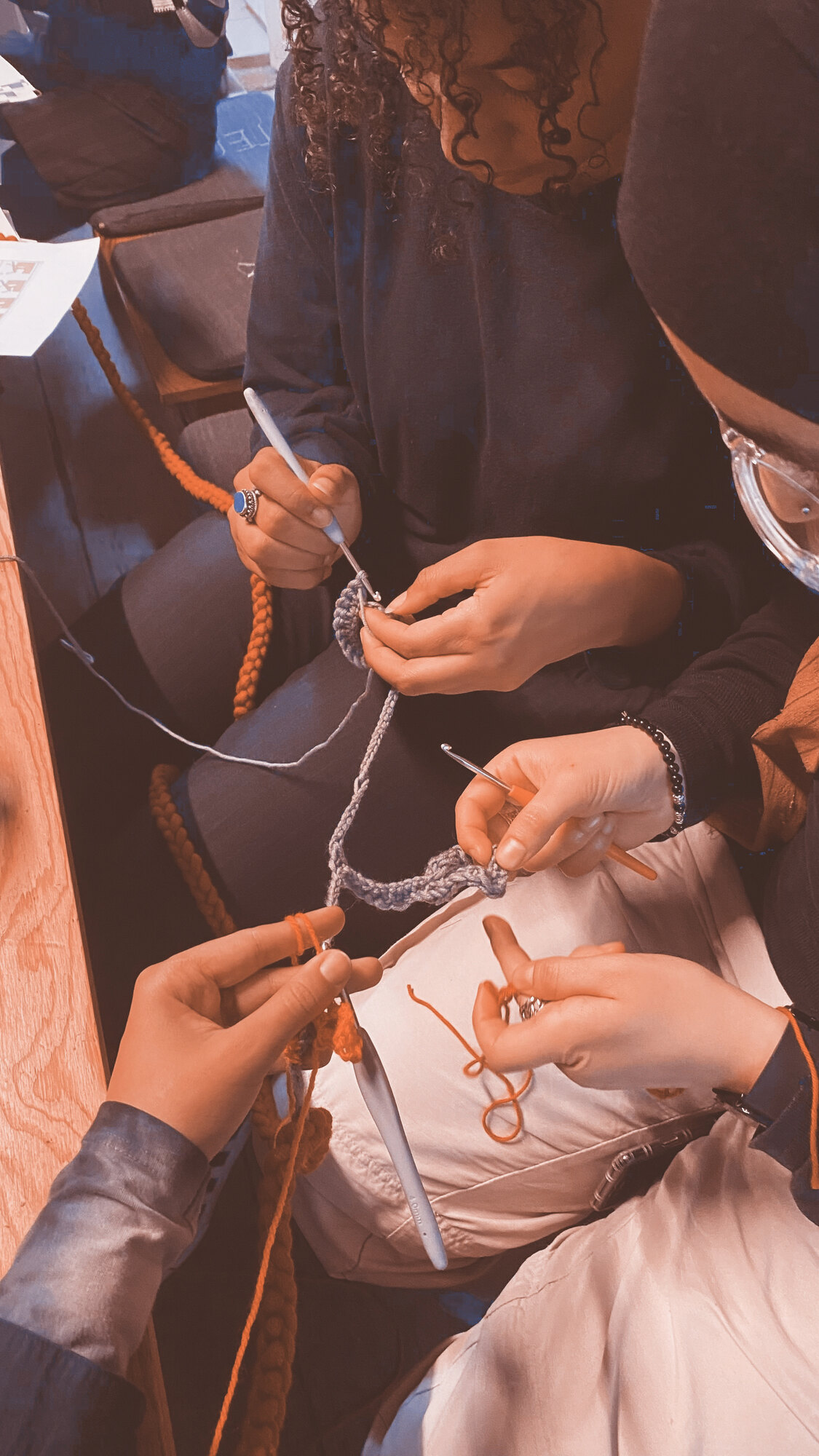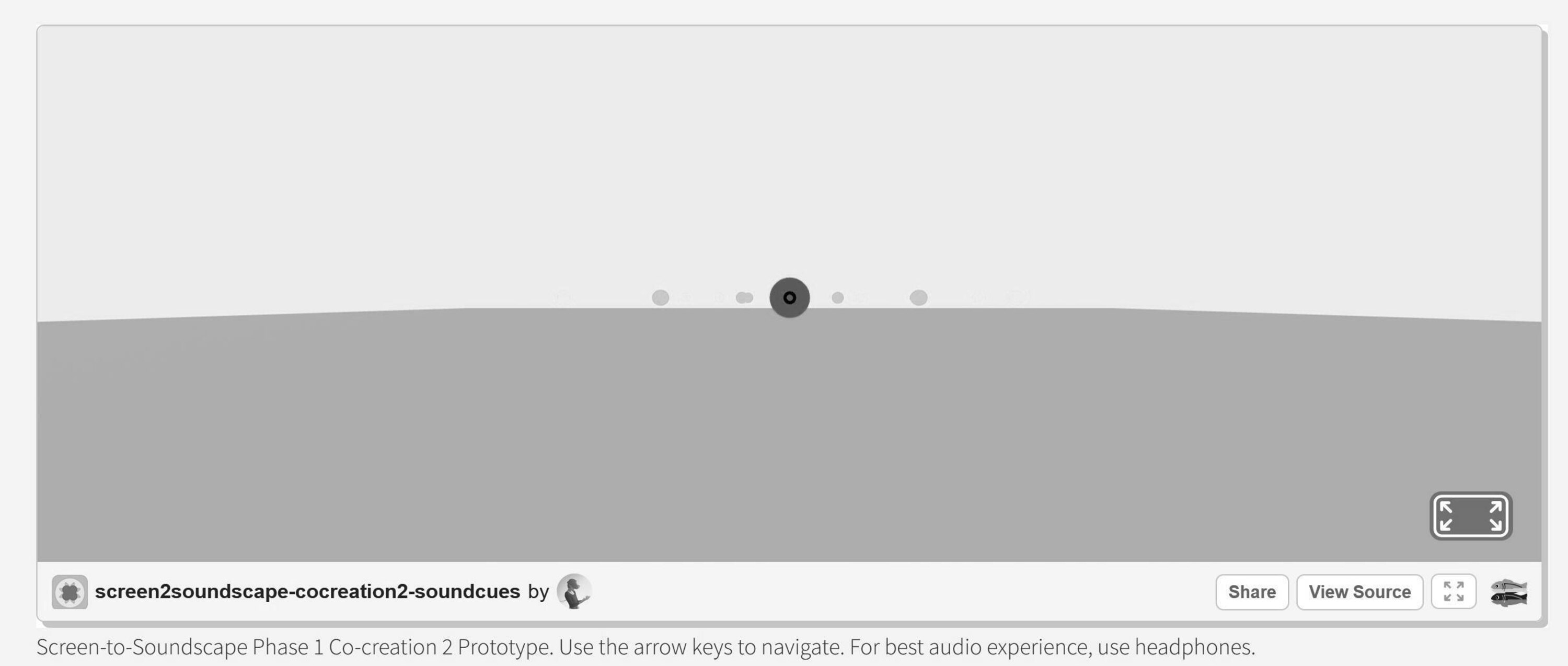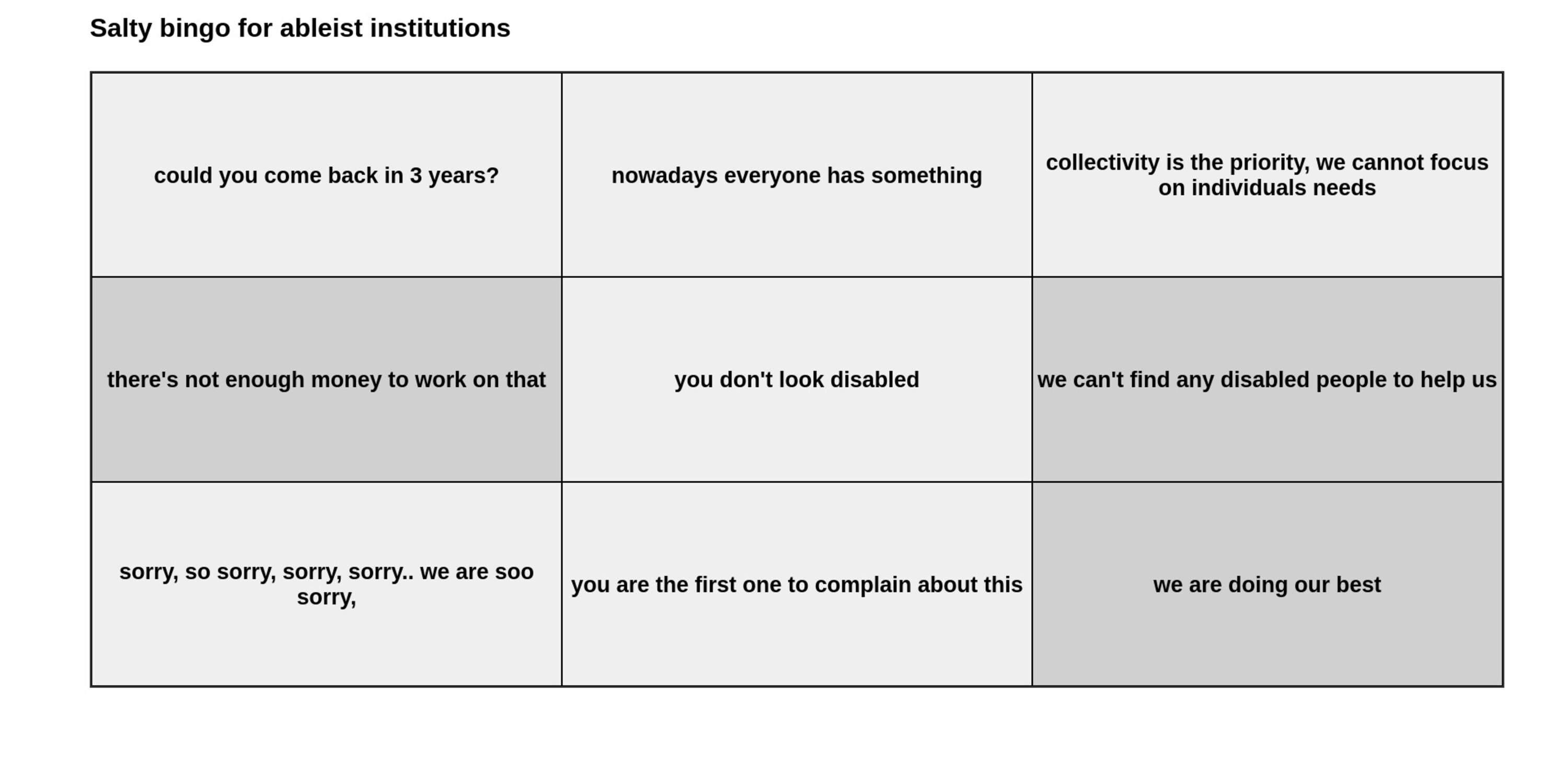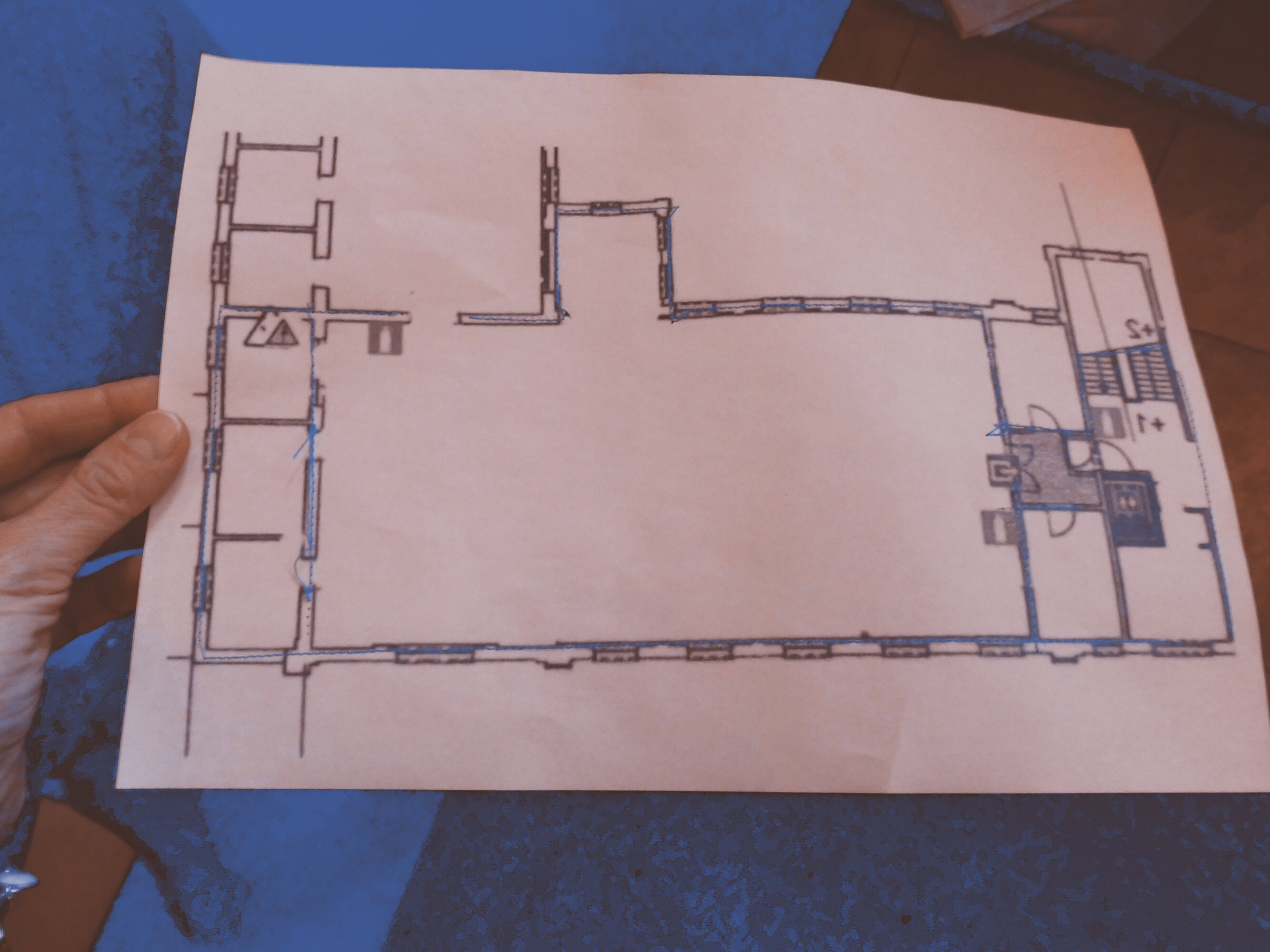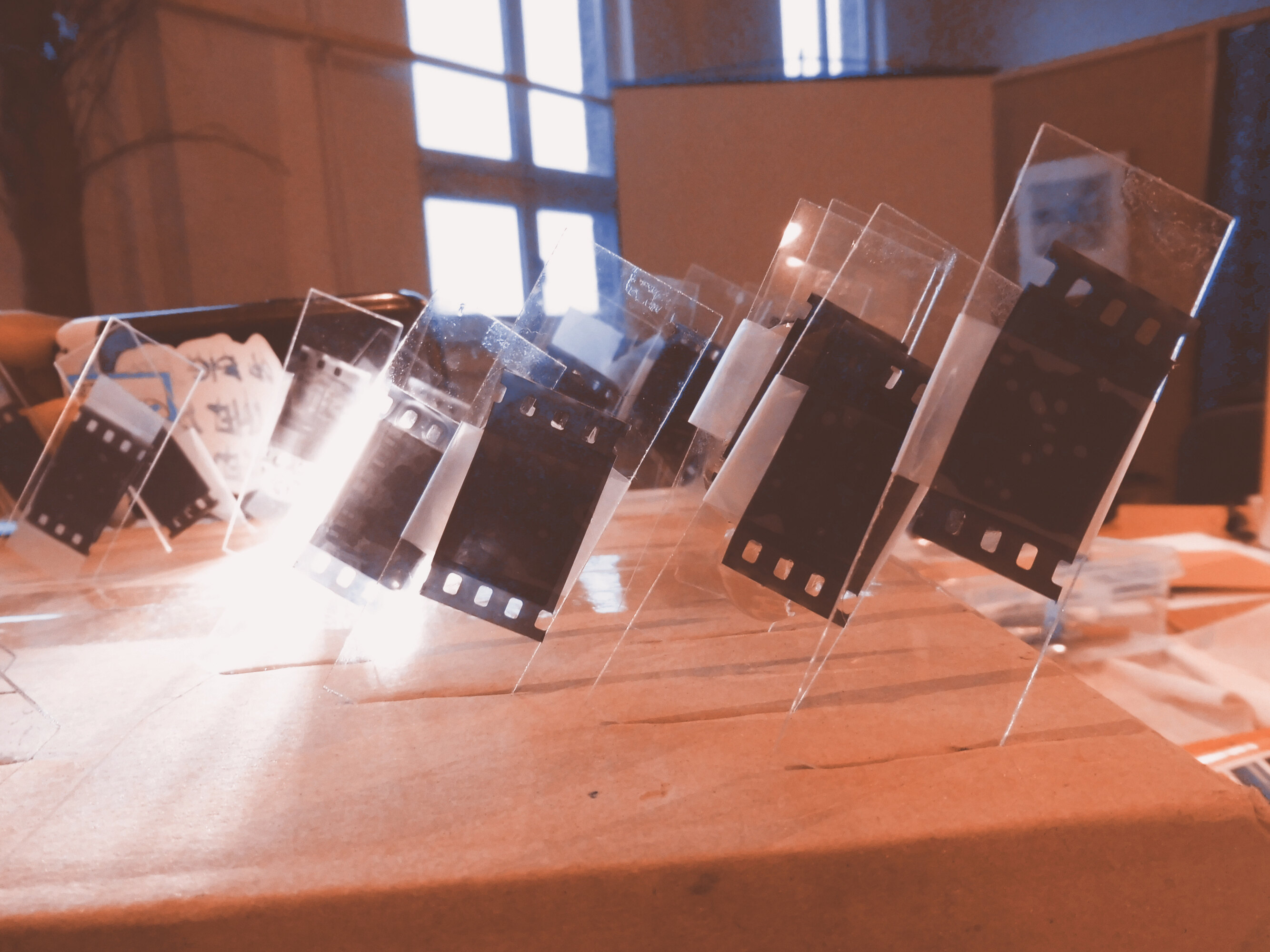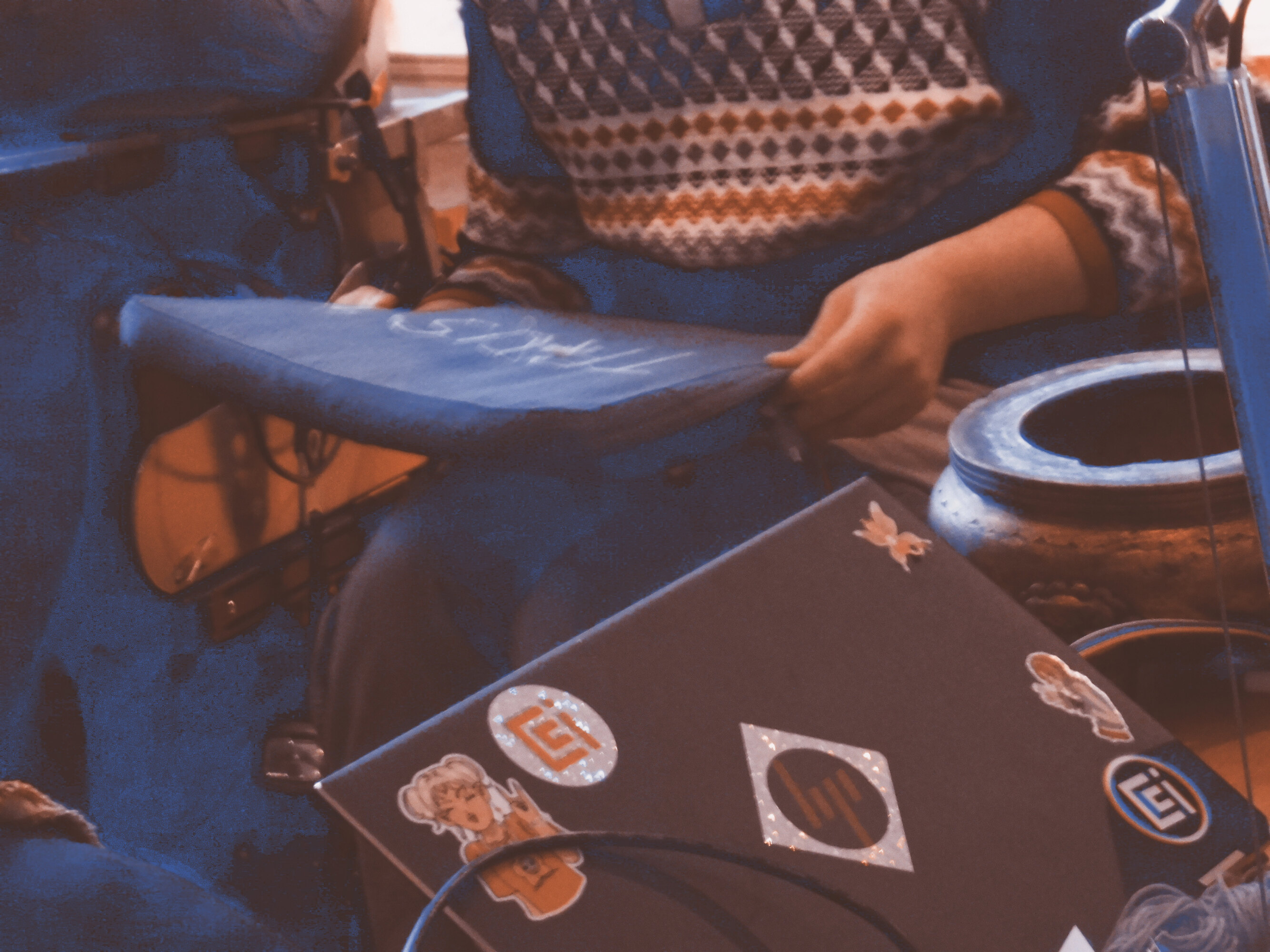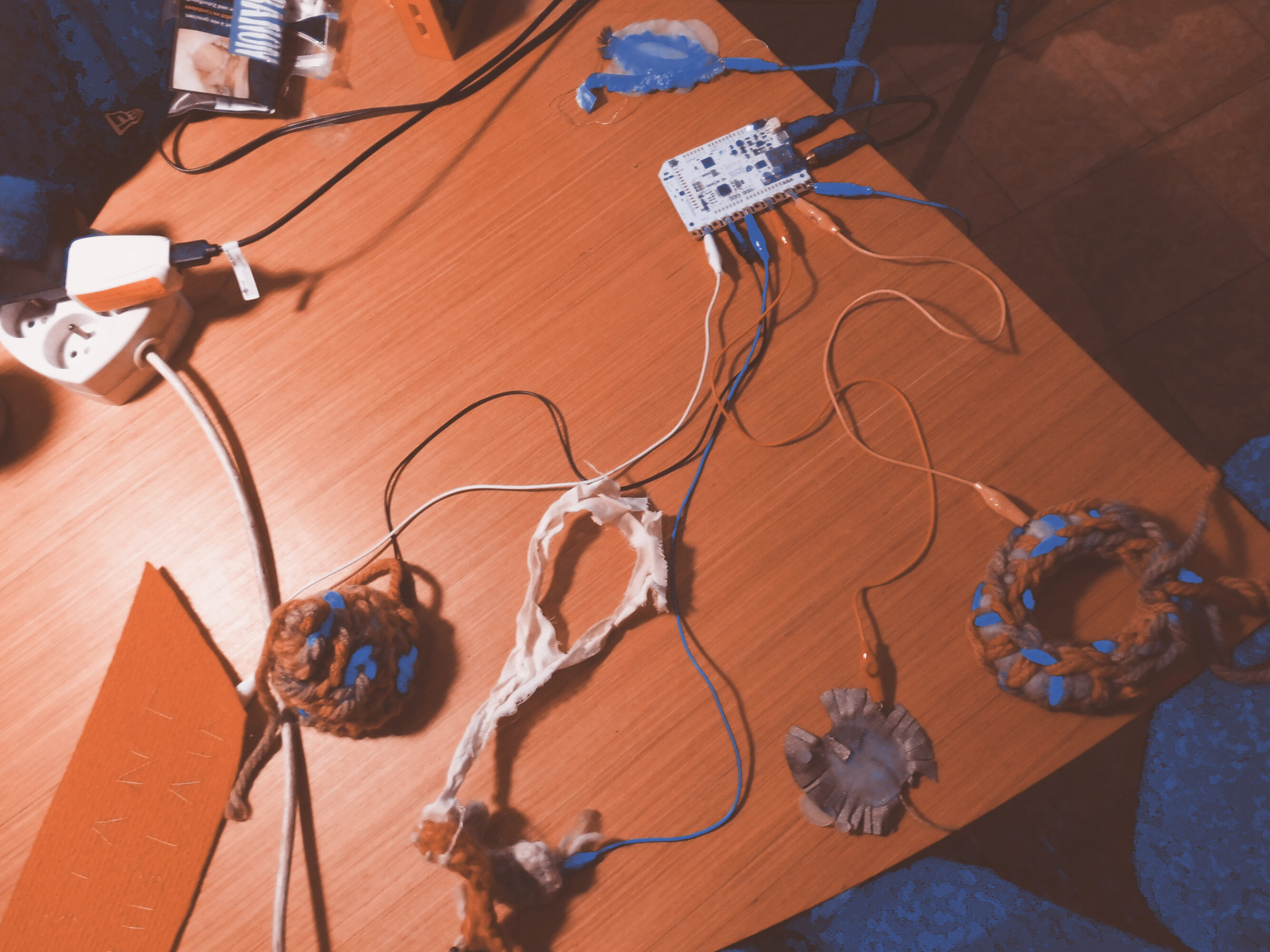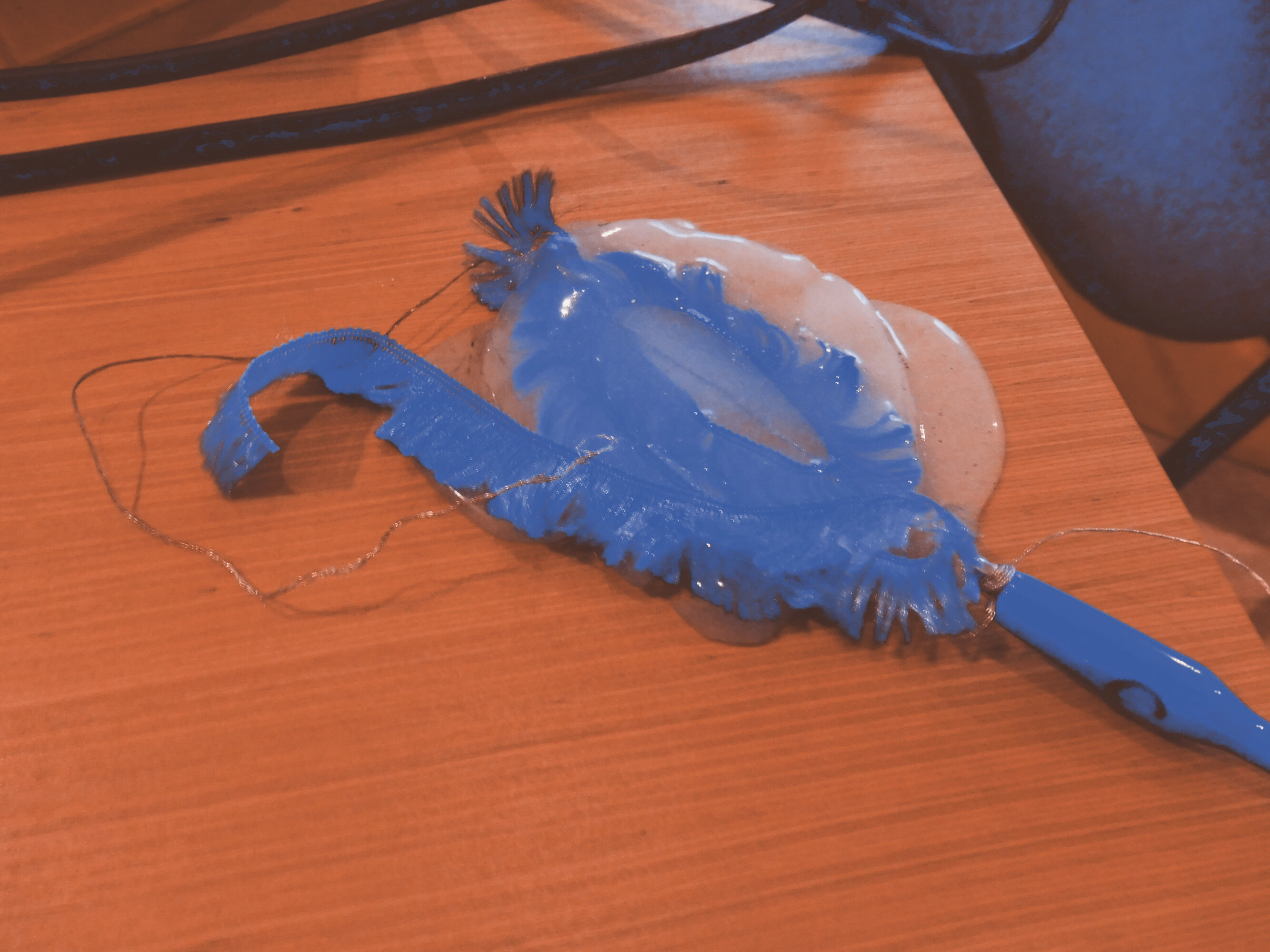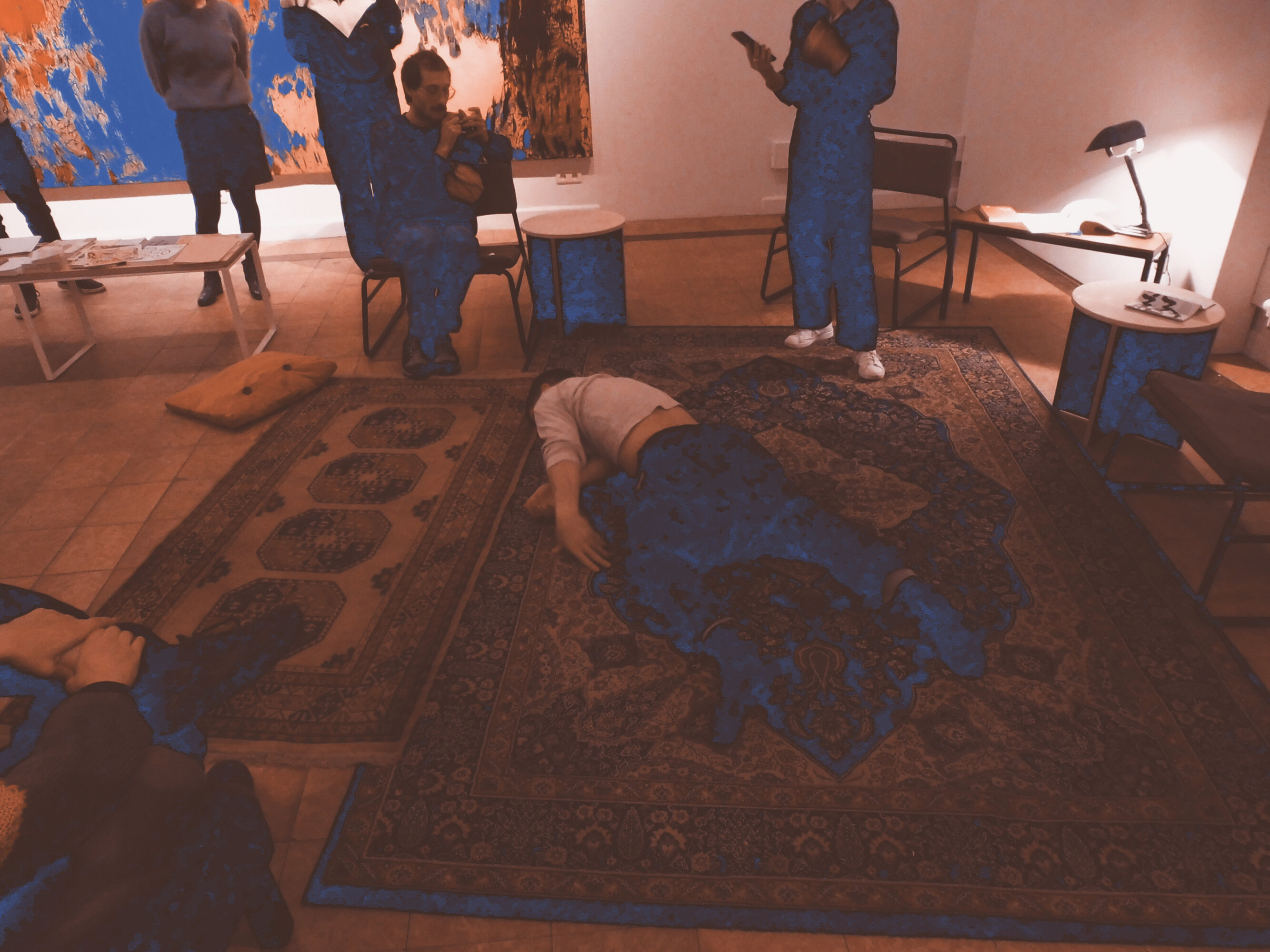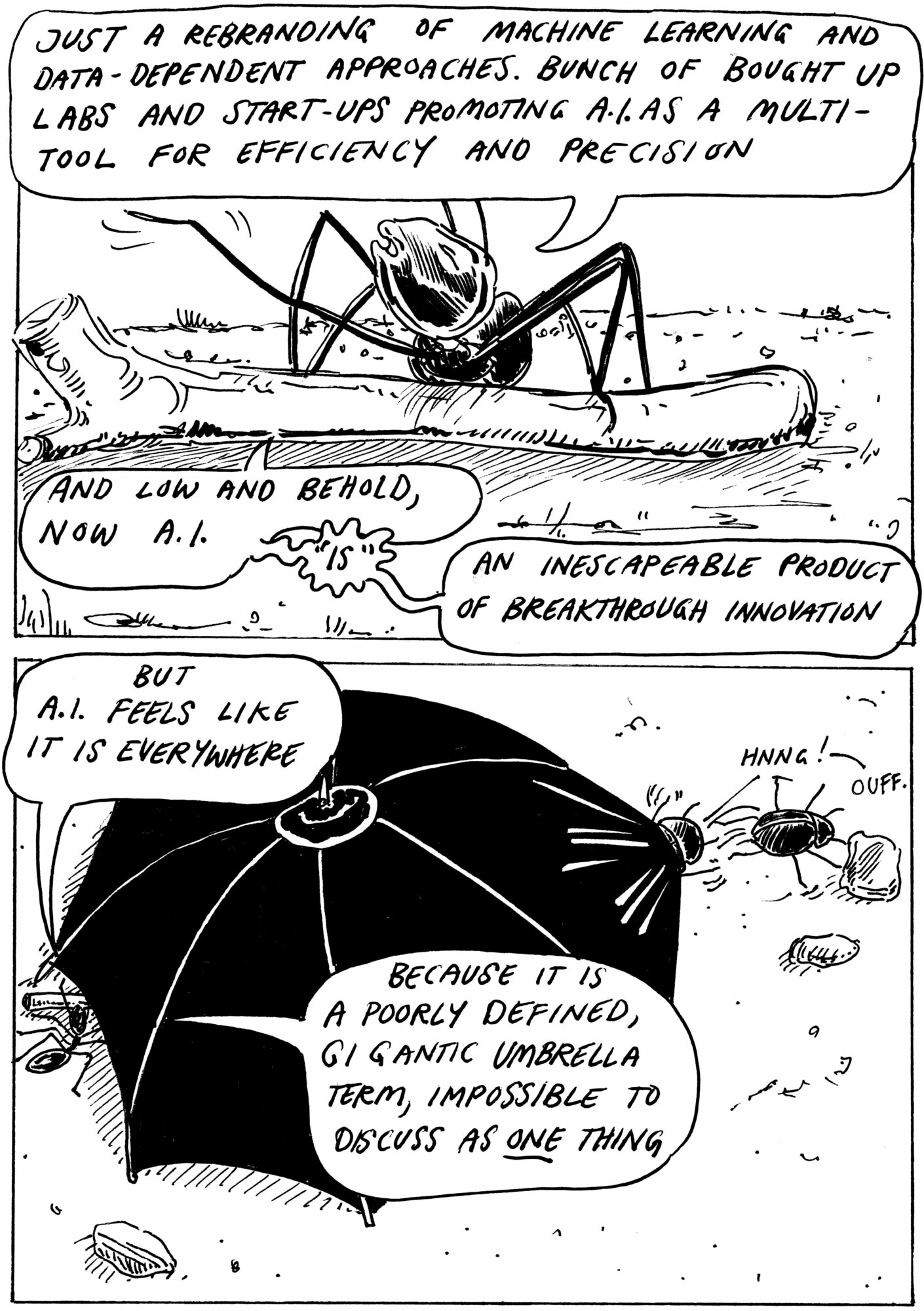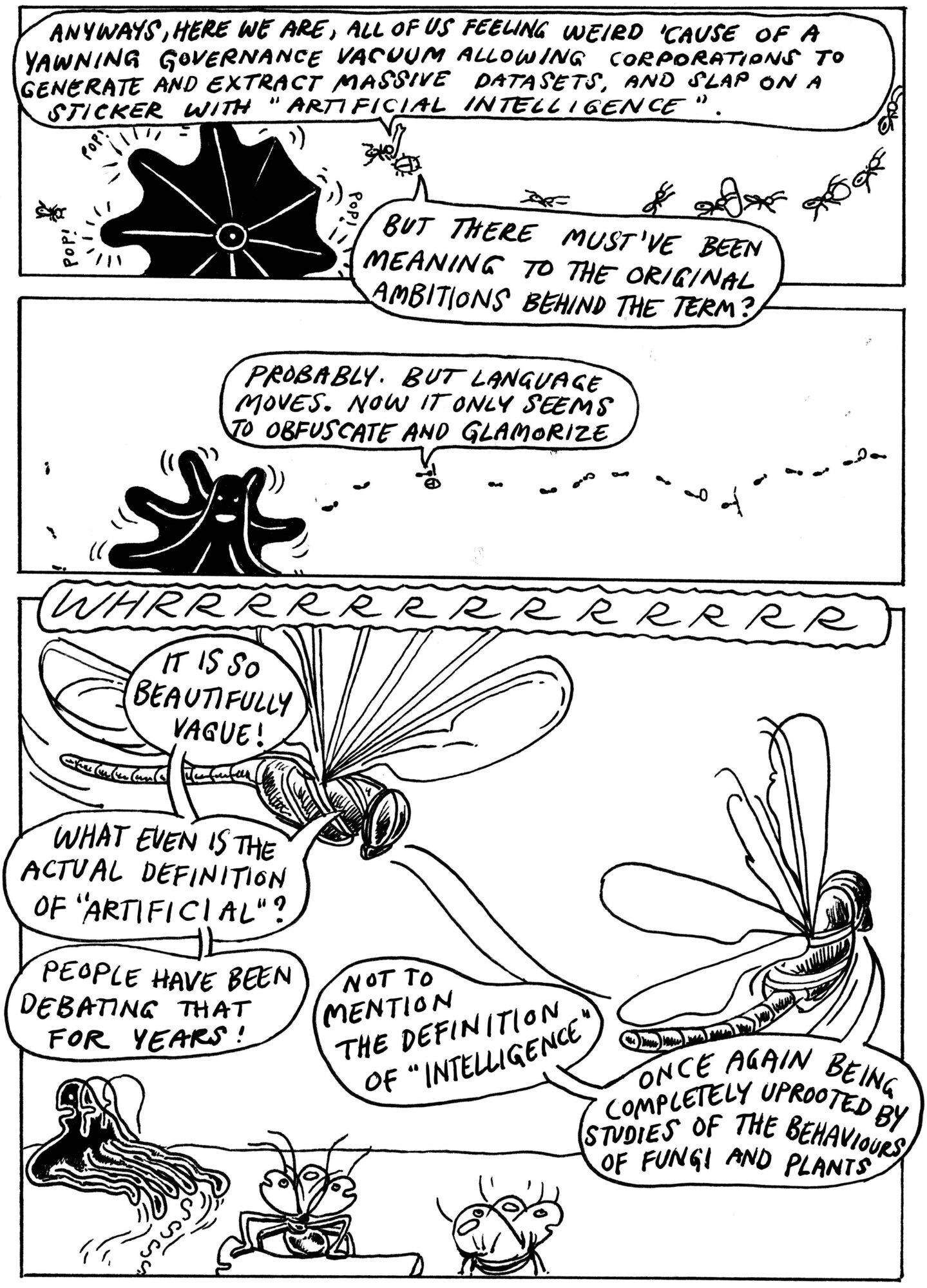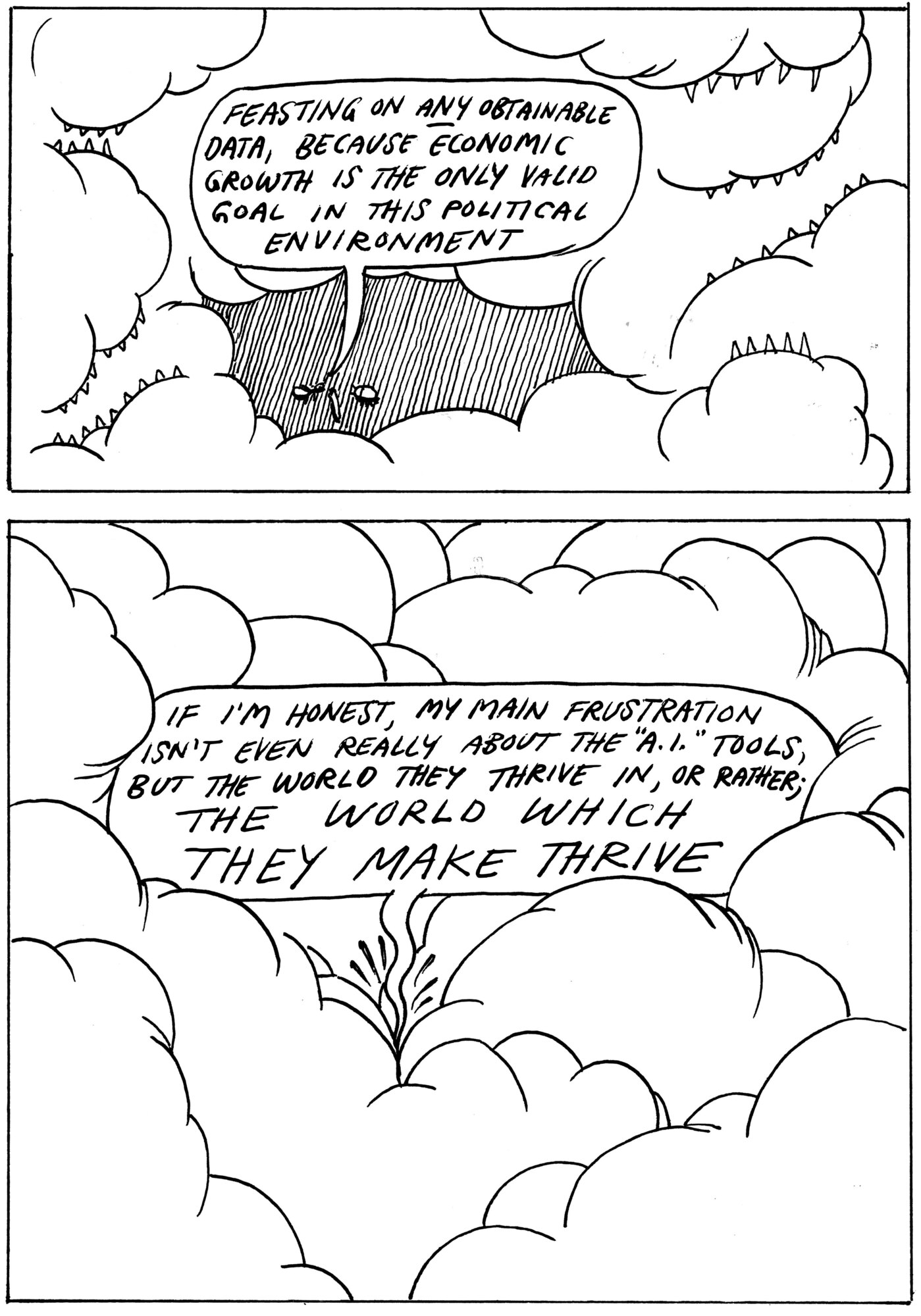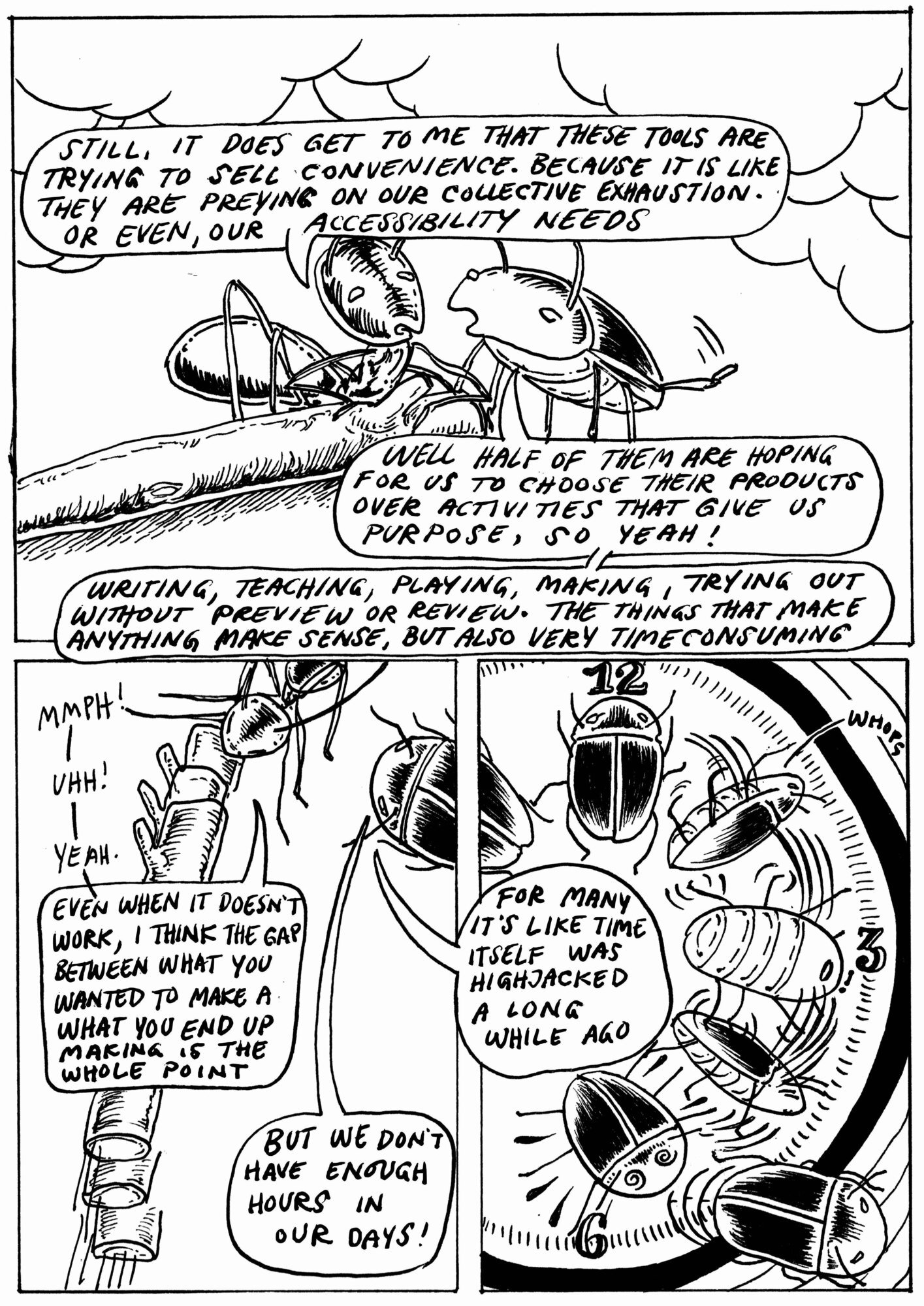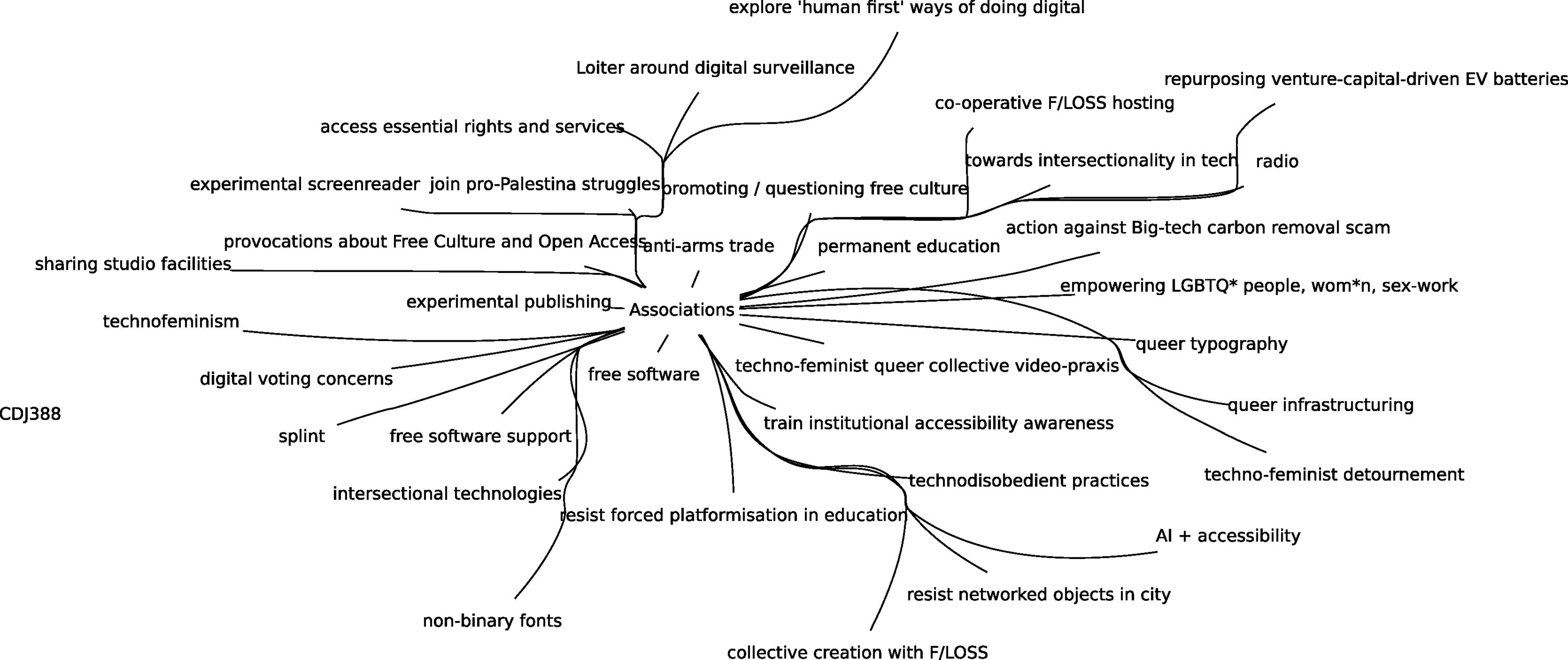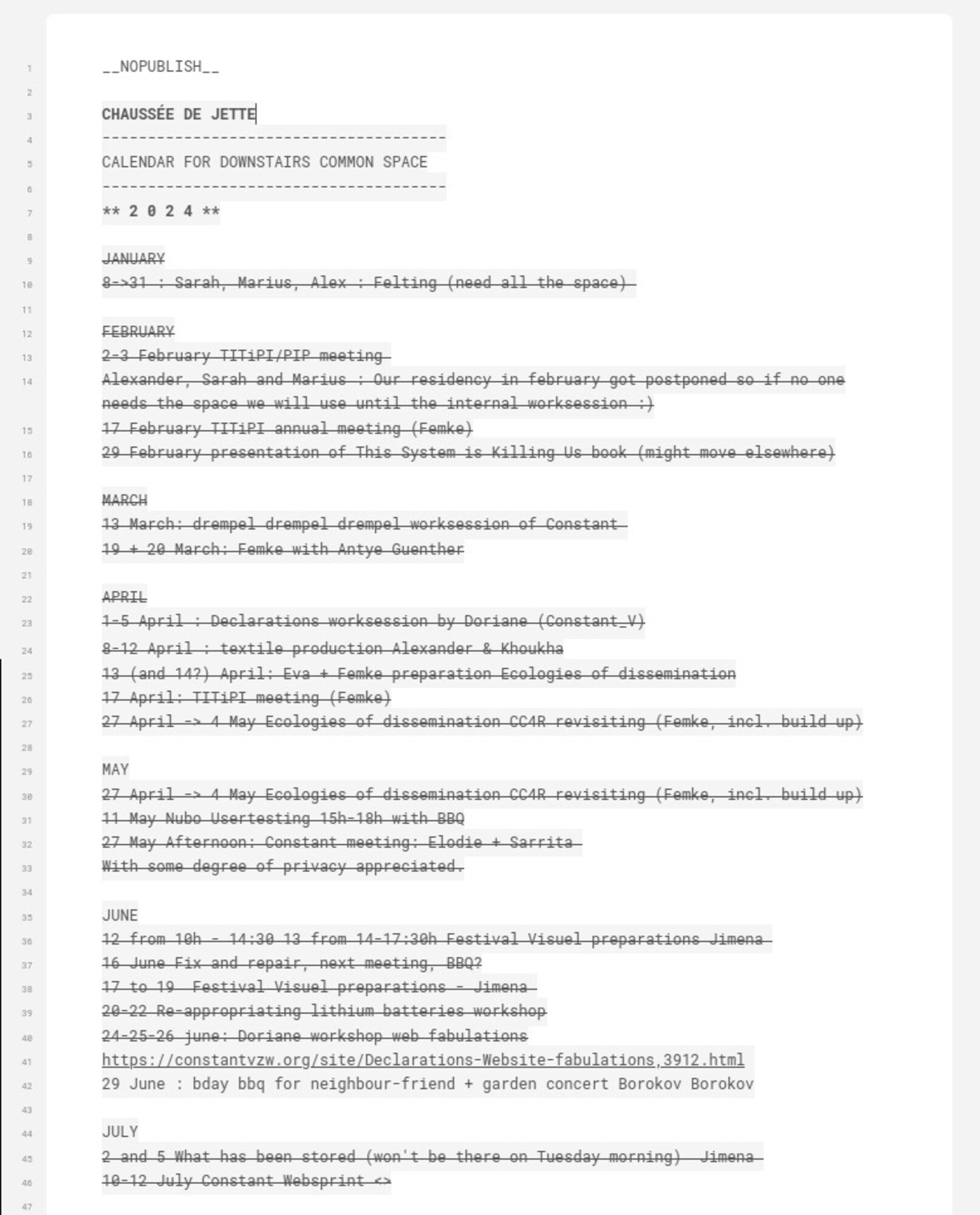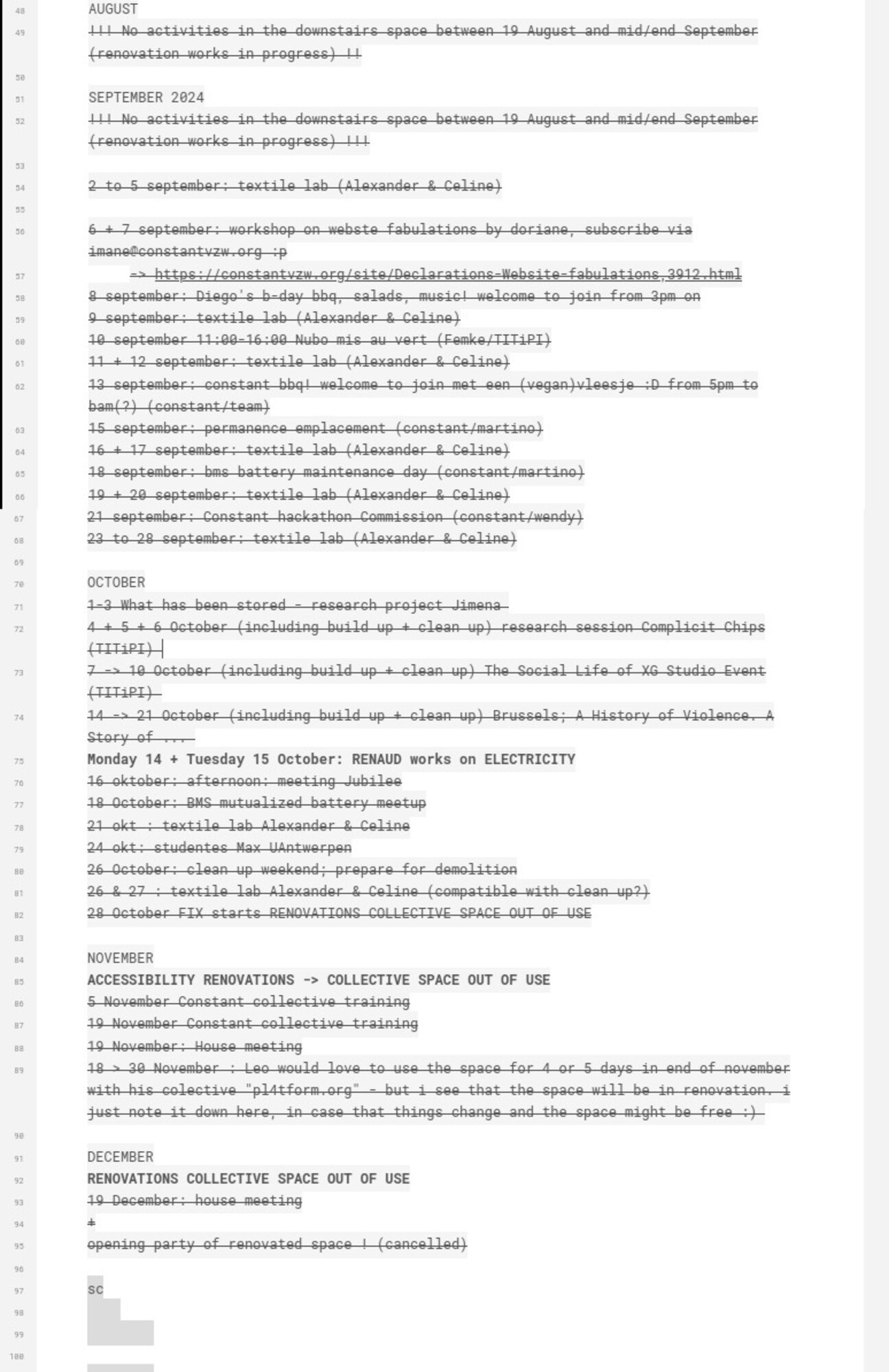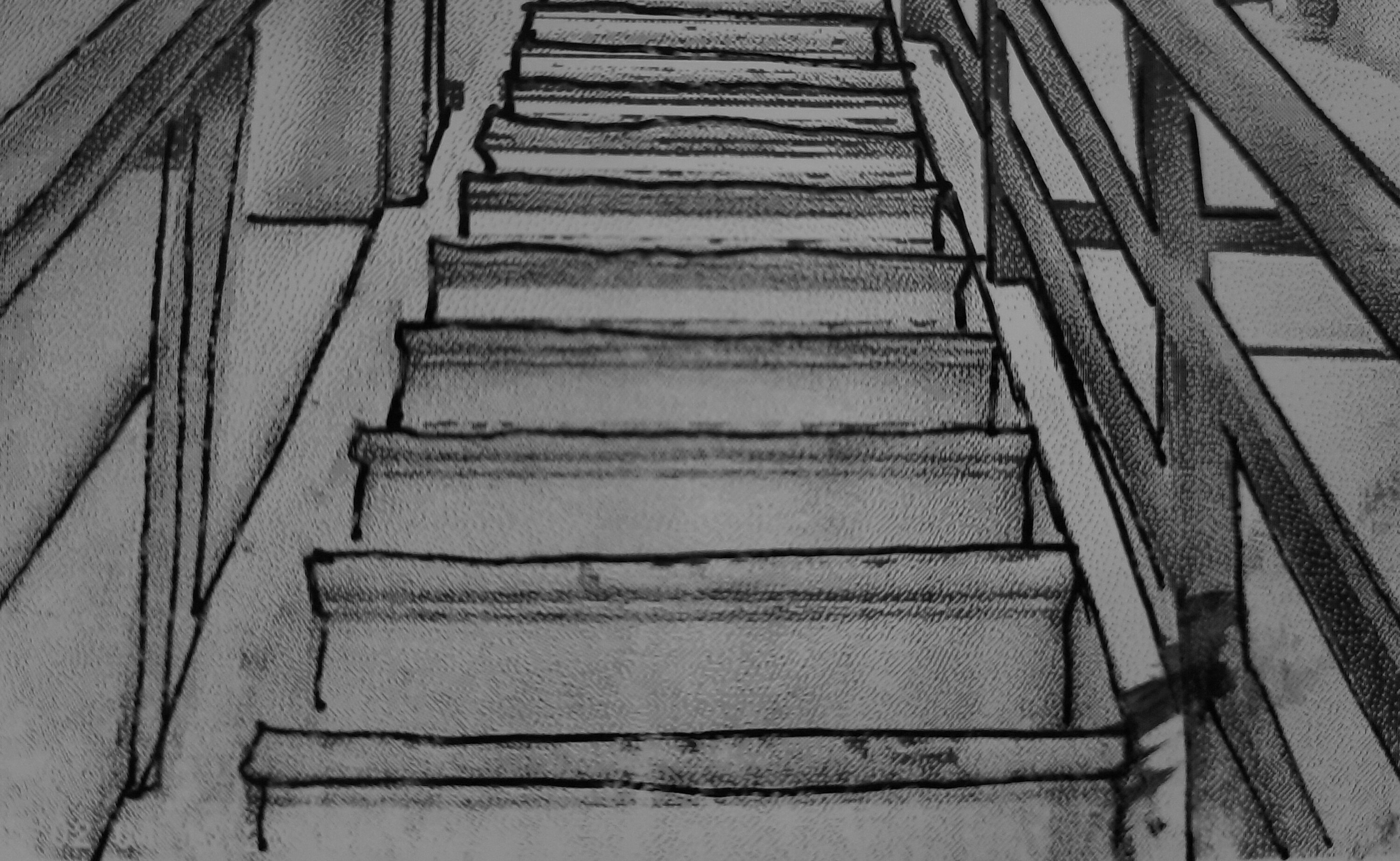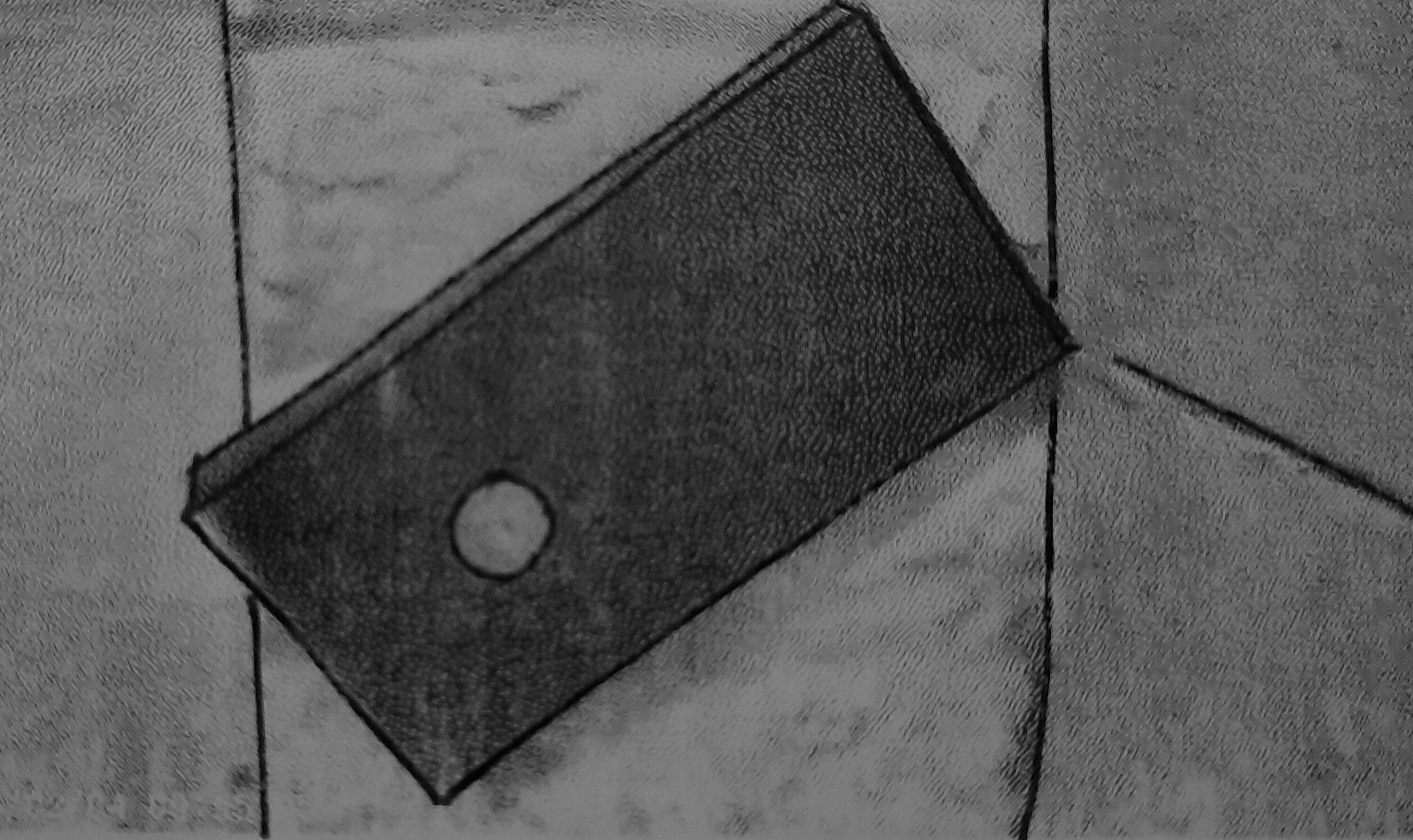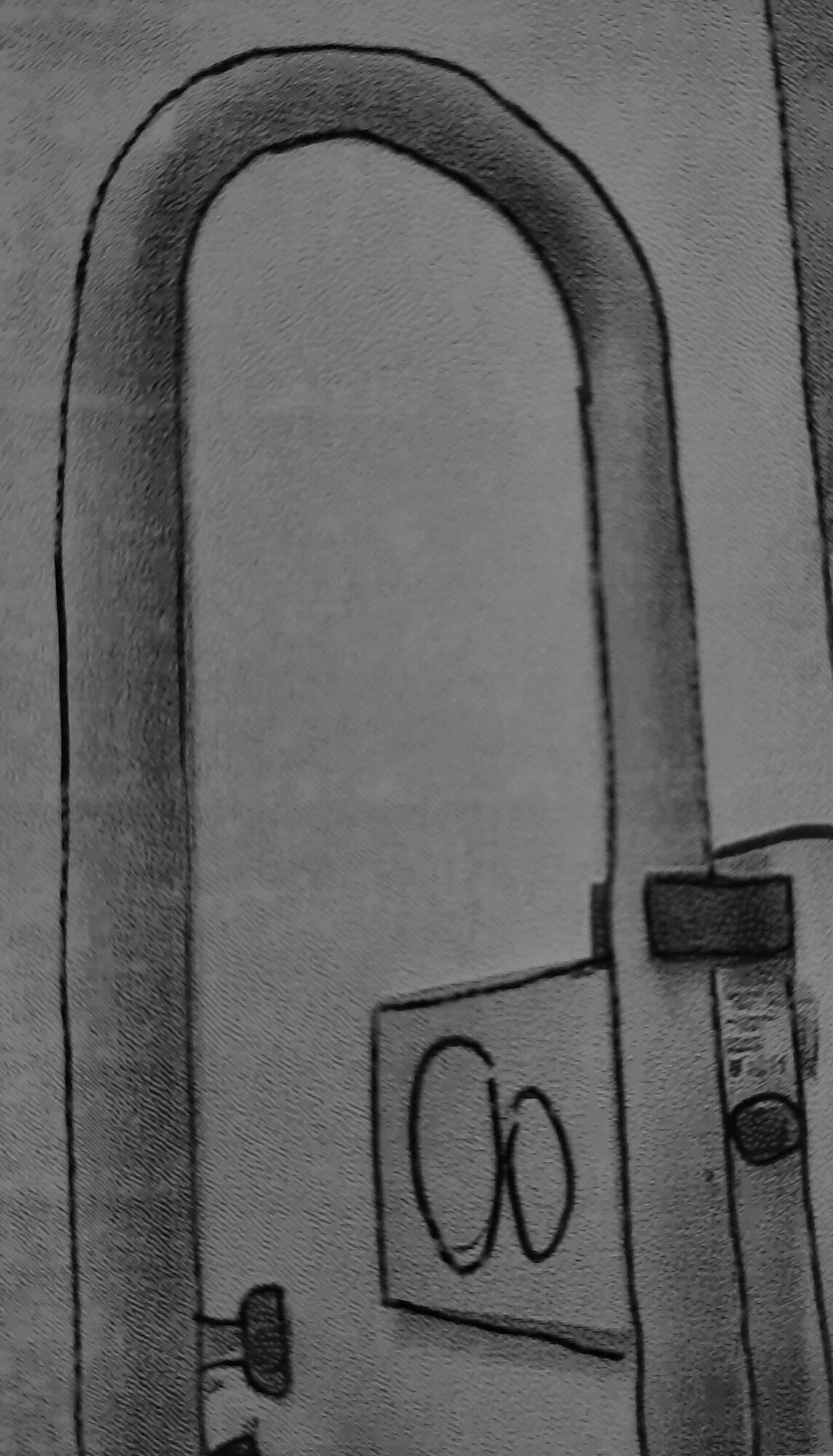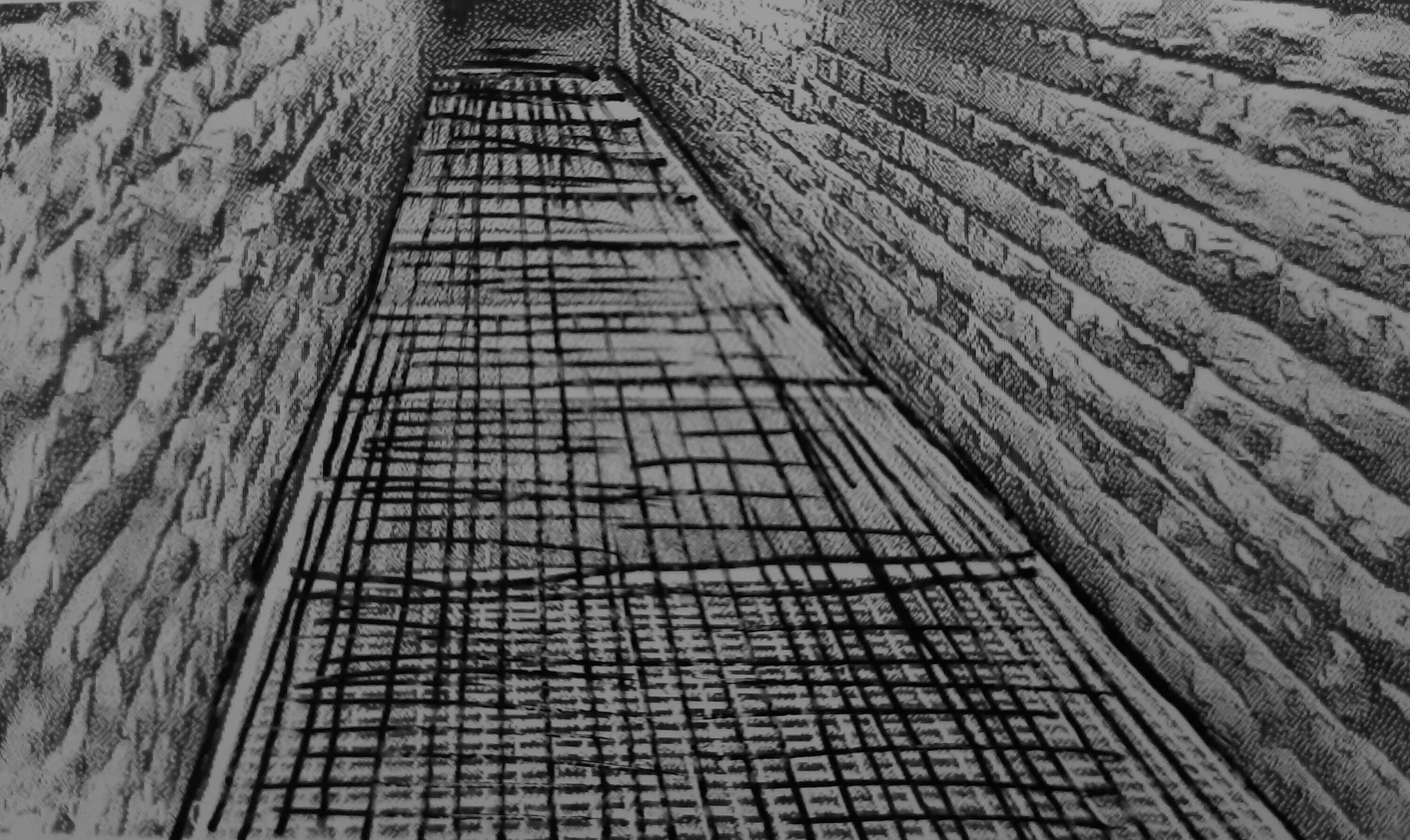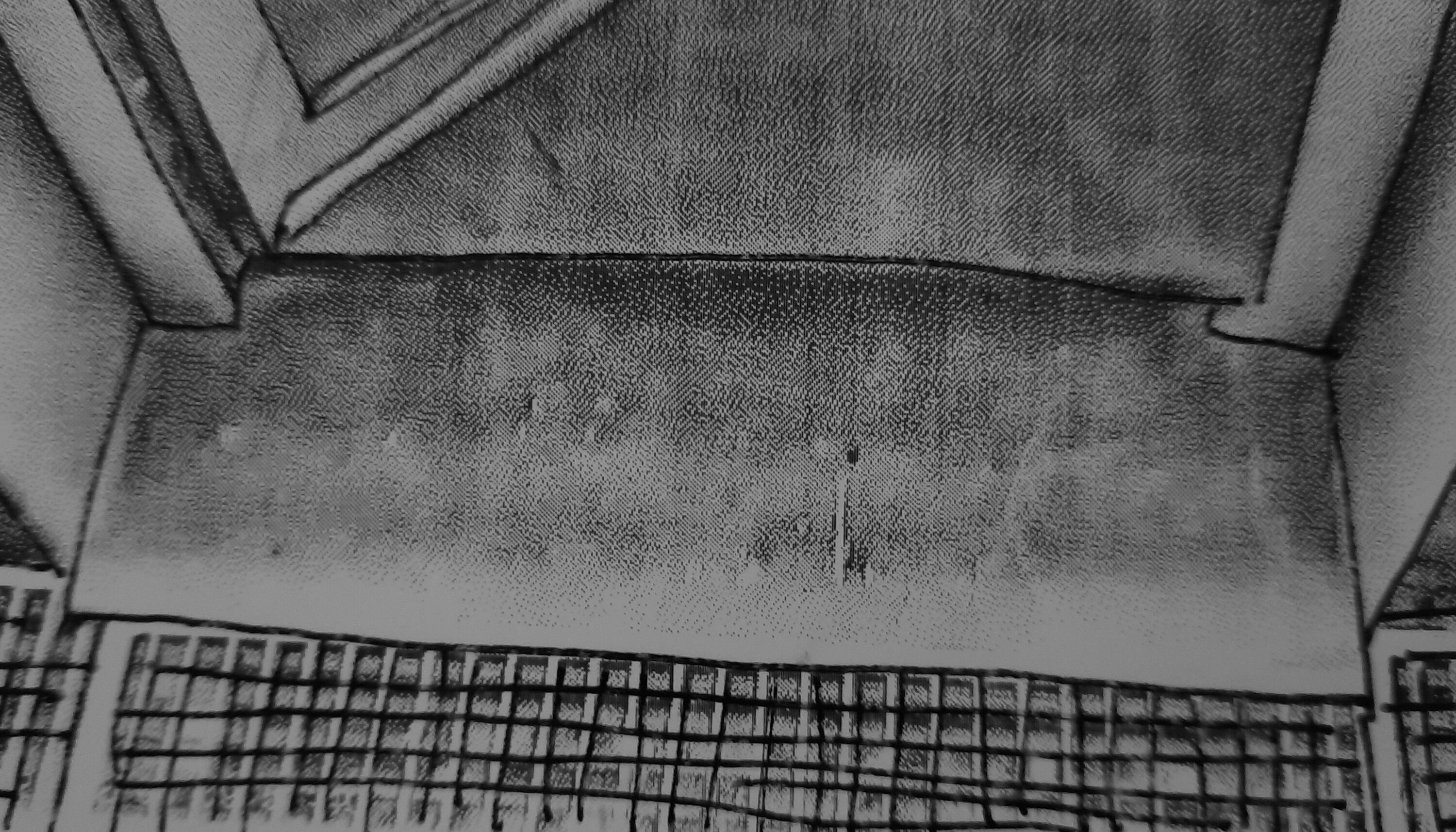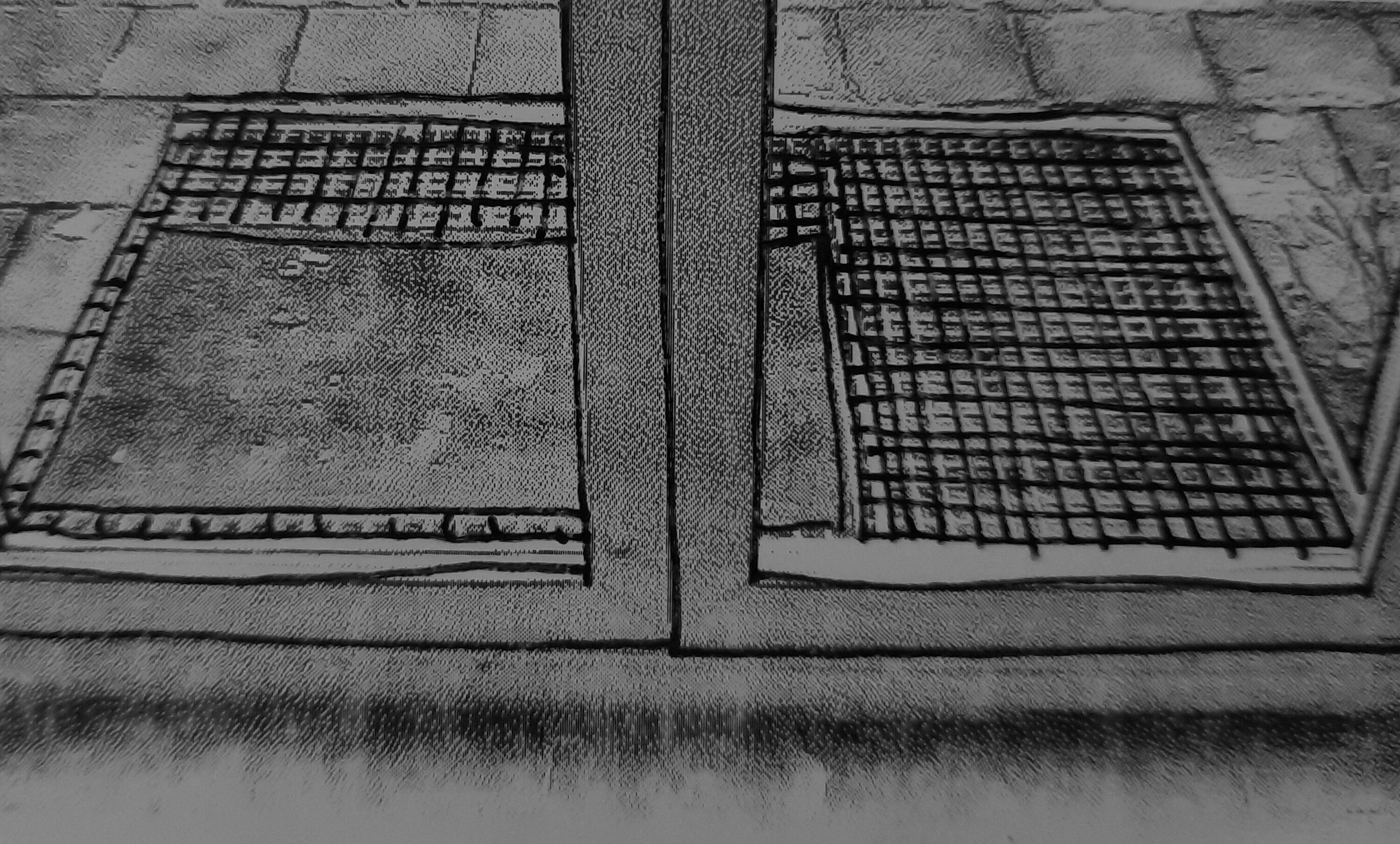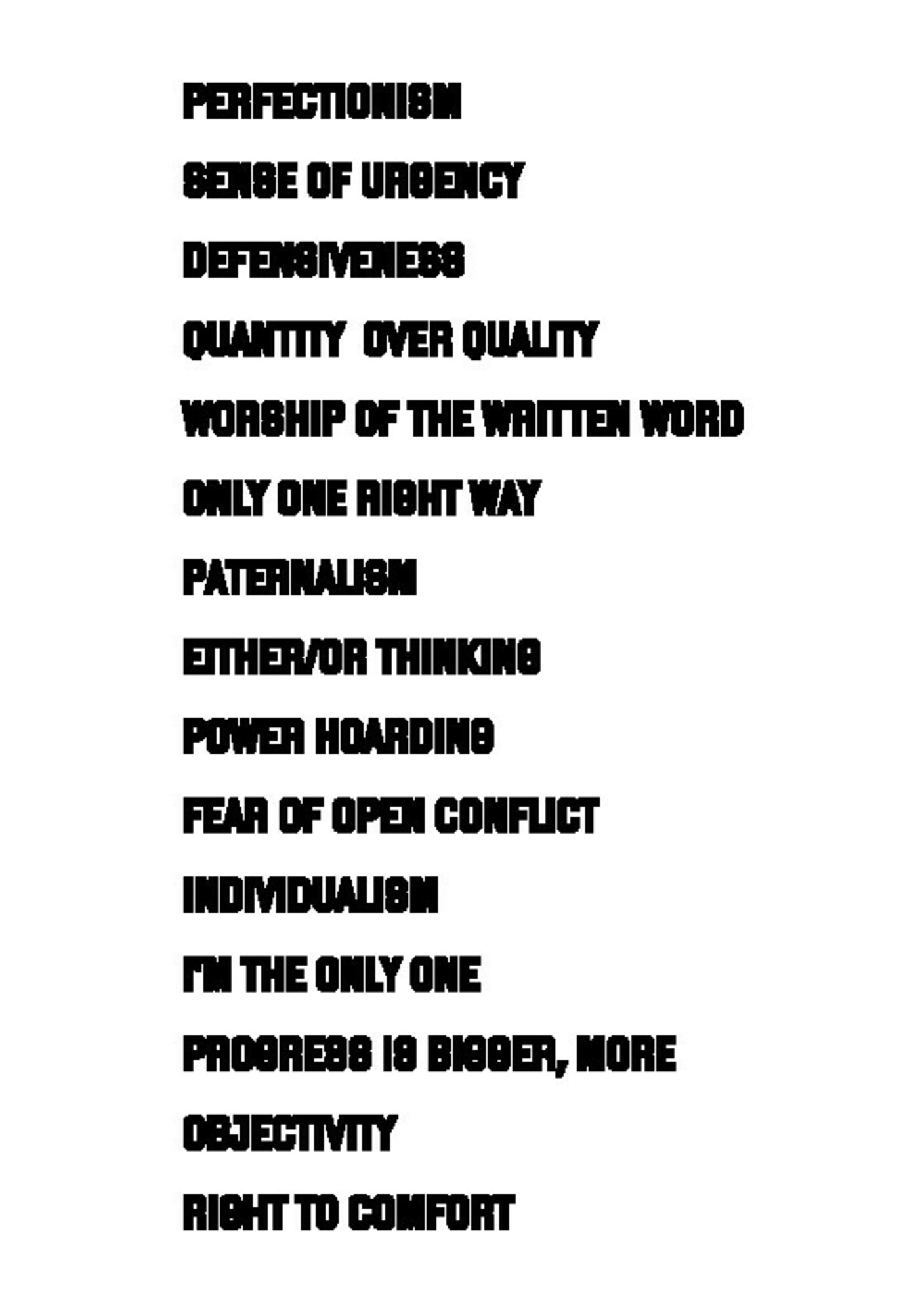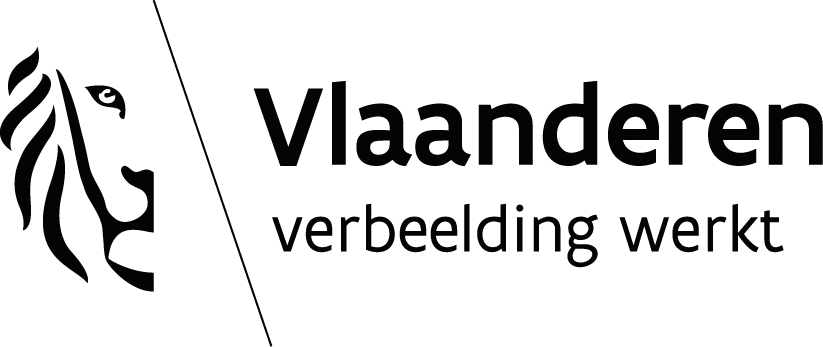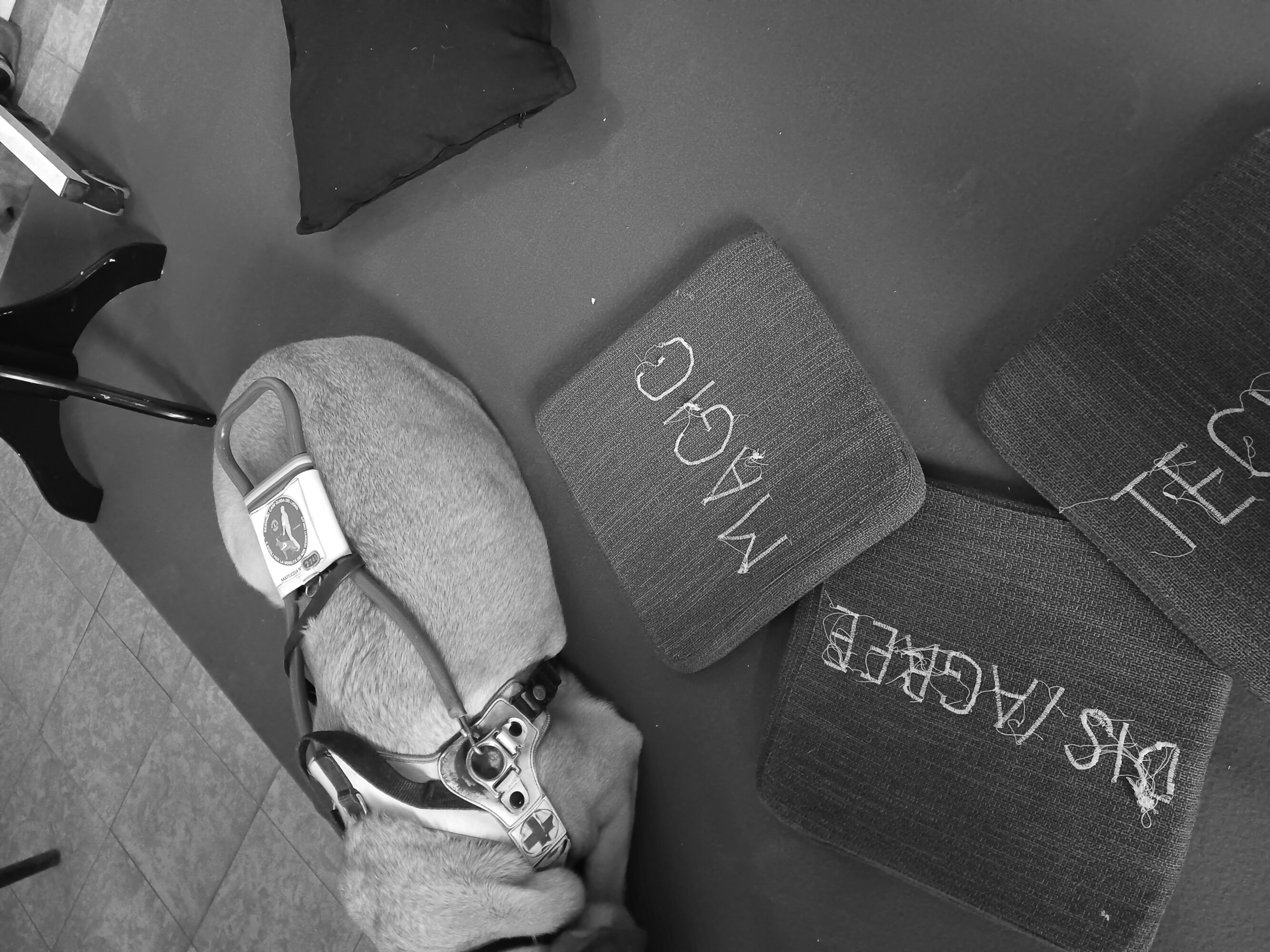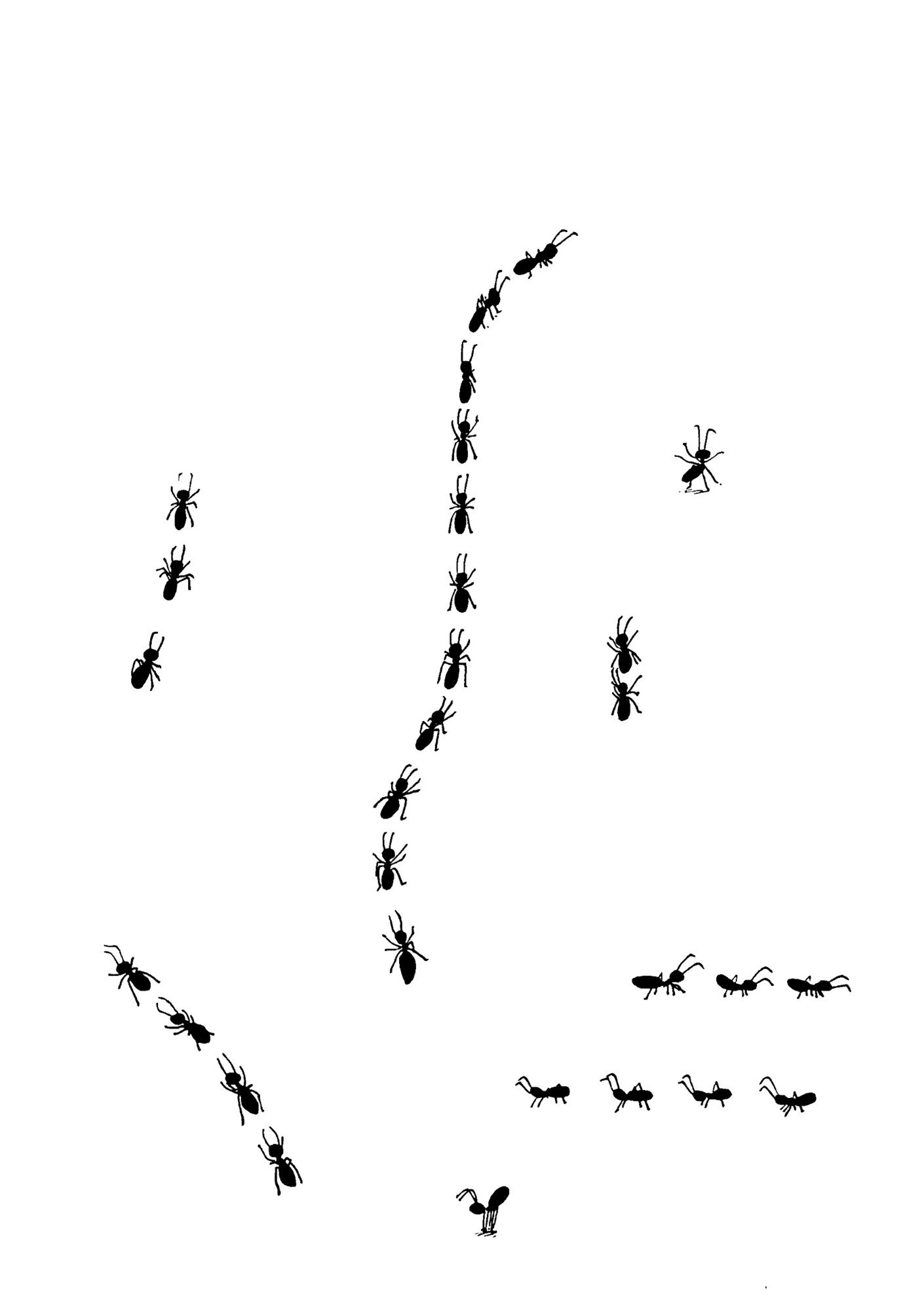3Dimensional title
A cane, sticky notes, another body addresses the different dimensions through which we have been thinking and making access across 2024 at Constant.
A cane speaks of physical objects. A cane can be used to support one leg while walking.
Sticky notes refers to small strategies. Sticky notes can be used to remind specific things to someone suffering from memory loss.
Another body tells the importance of considering our body as one in a network of many others, and how our needs for support and access differ and are always transitory.
Constant is a Brussels based organisation, which develops its artistic research around technologies, combining feminisms, activisms, free-culture philosophy, and other forms of care for and critical engagement with the world. The year 2024 was dedicated to accessibility, understood
in its multiple dimensions and senses, and it formed
the second thematic year of Constant’s 5-year trajectory called SPLINT, in which we explore the question:
what could/should SPeculative, Libre and INtersectional Technologies be.
As ecological and political catastrophes unfold at a worrying speed and intensity, it is urgent to pose ourselves the question of what technologies we need for life to be sustained and for resisting the computational monoculture. Access needs remind us that a solely “anti-tech” response is not a viable solution, that while we refuse the ‘always unlimited’ regimes of the GAFAMs, we need to continuously learn how the same limits impact everybody differently, that meeting basic needs for everyone will take everyone’s care.
In this Zine, we have gathered pieces and bits, traces, snippets, writings, images and sounds of the past year’s activities on and around multiple access questions, from building renovations to alt-text poetry. It is not a complete overview of last year’s programme, but a polyphonic, polymorphic, sometimes messy, but always engaged storytelling of our experiences. Most of all it is an opening for its readers to take this work and extend it in new directions and towards the future. It is also an invitation, if you feel tempted by this material, to get in touch, to join forces through multiplicity and divergences.

